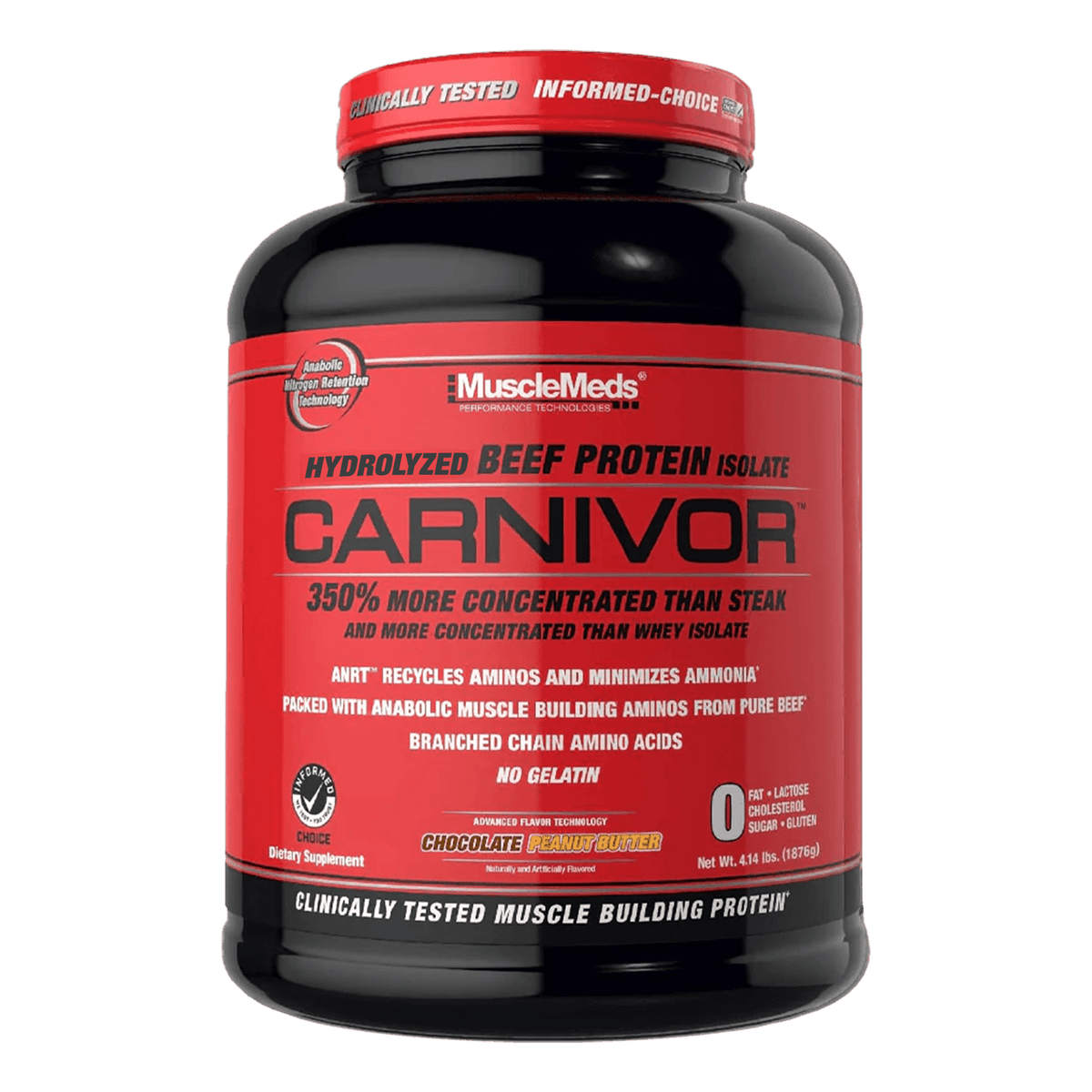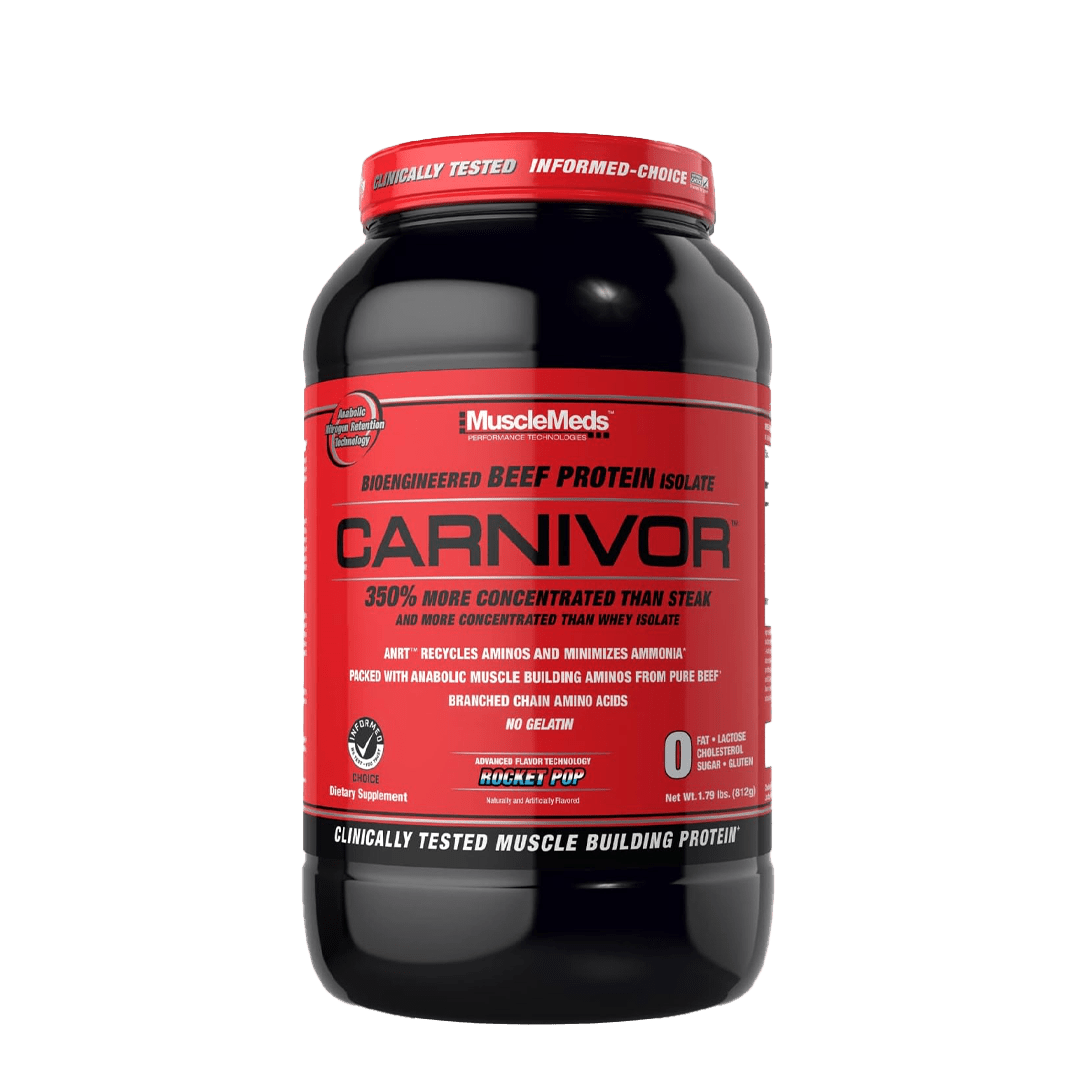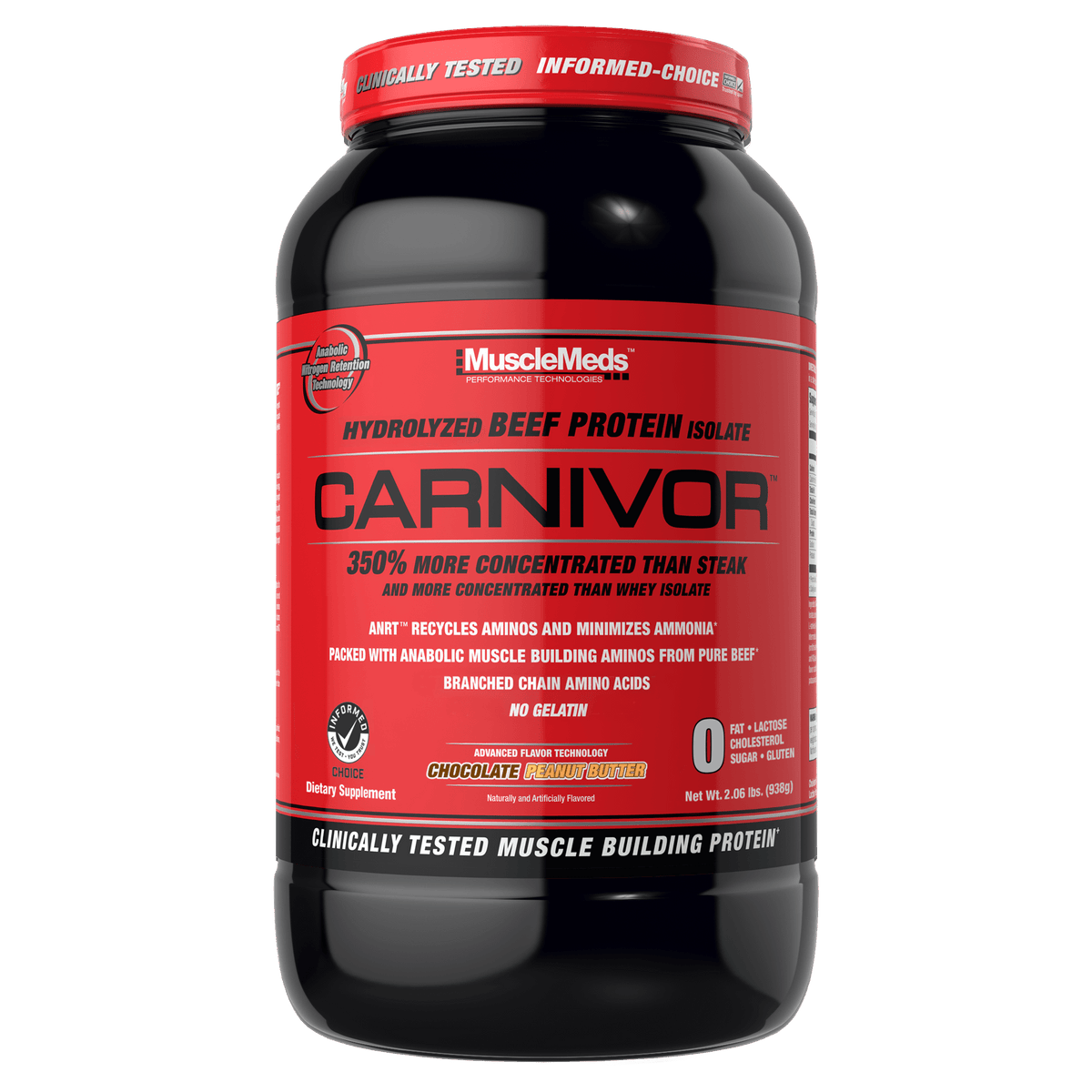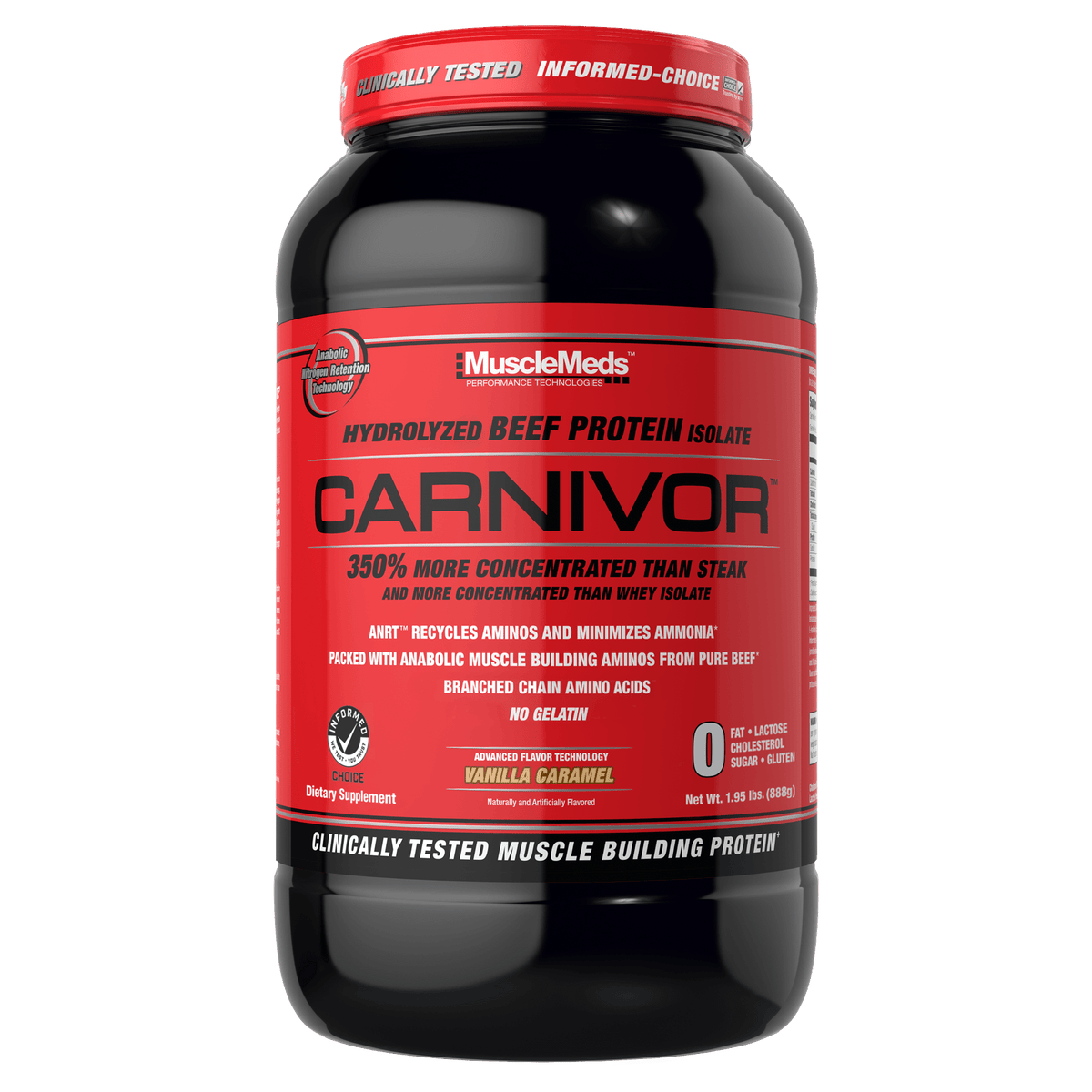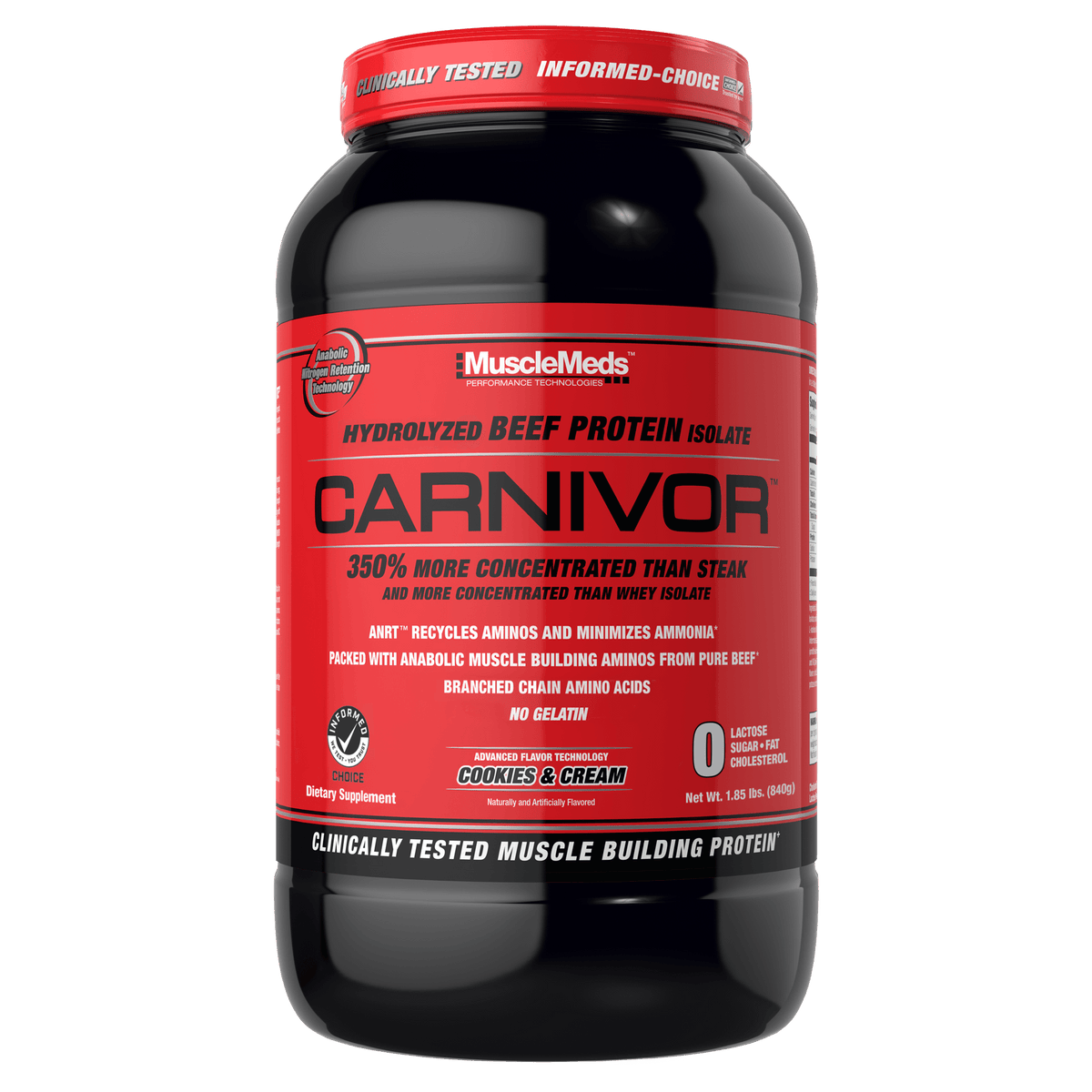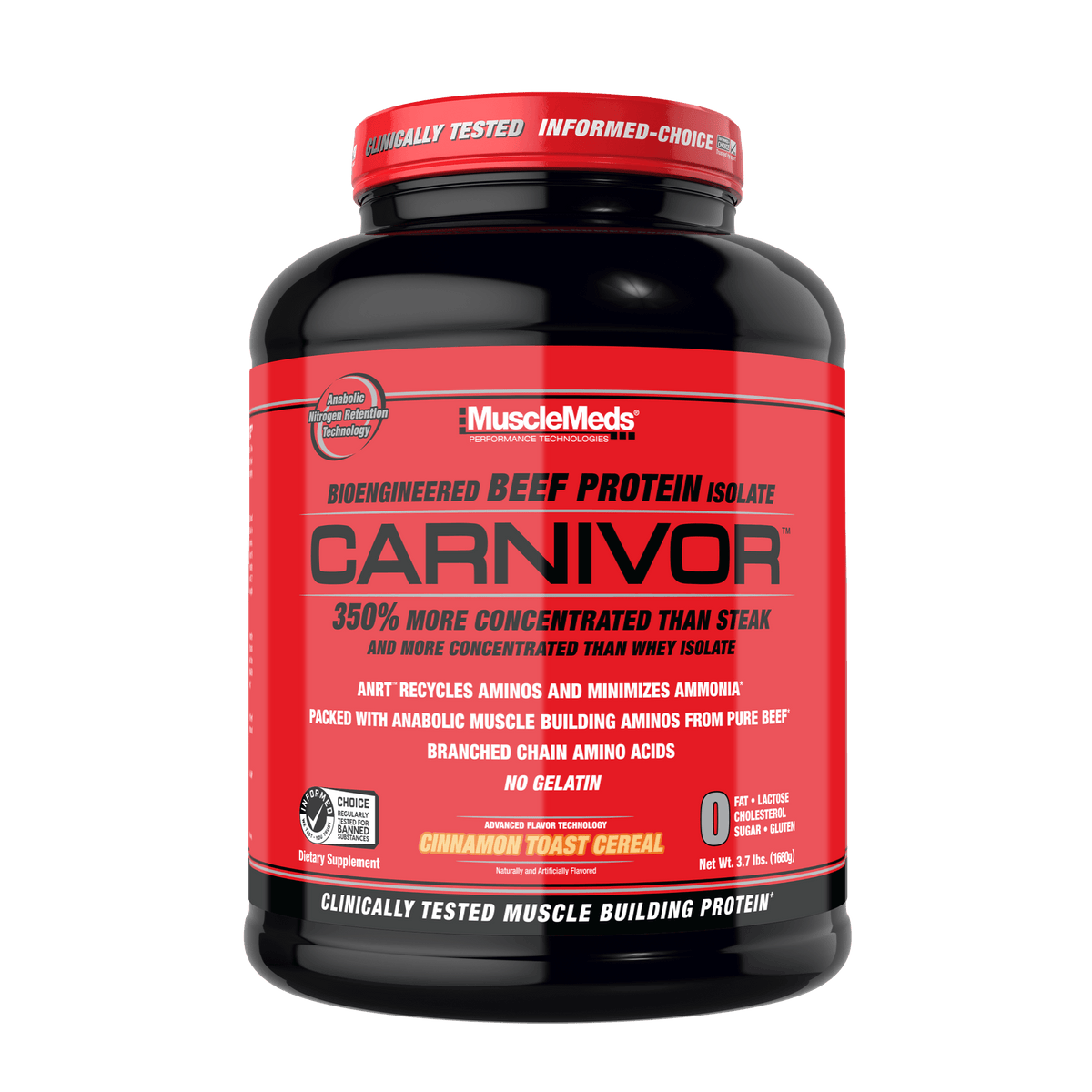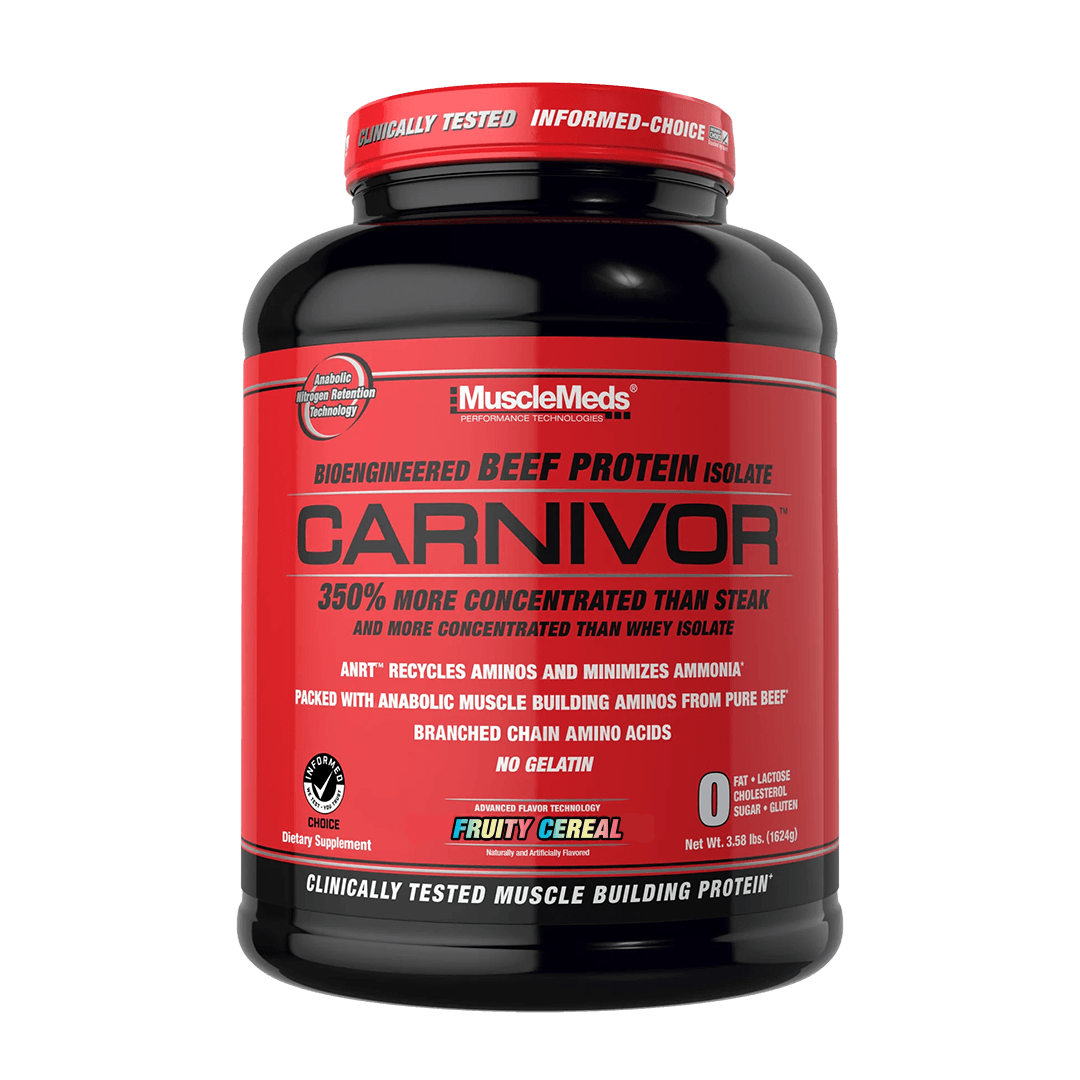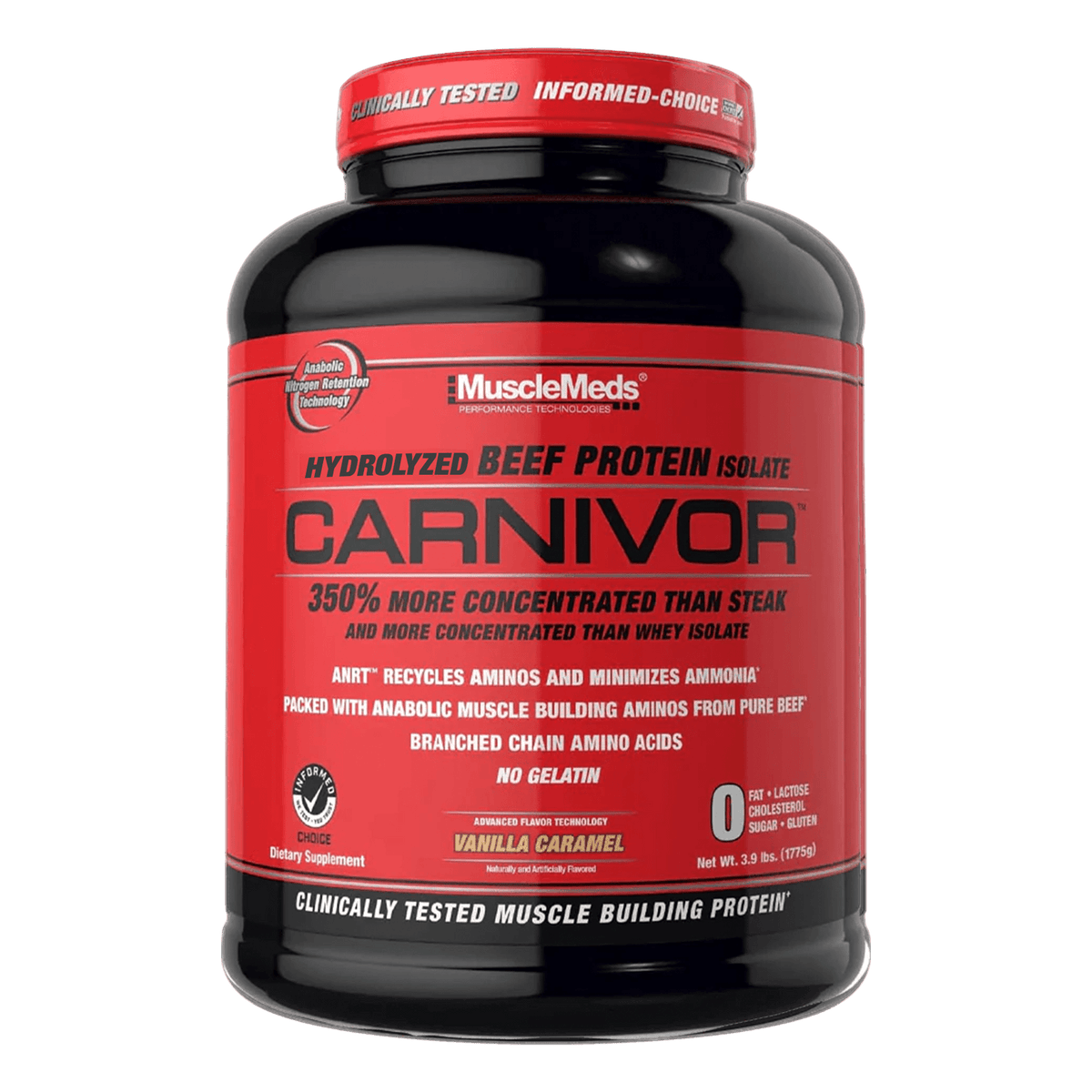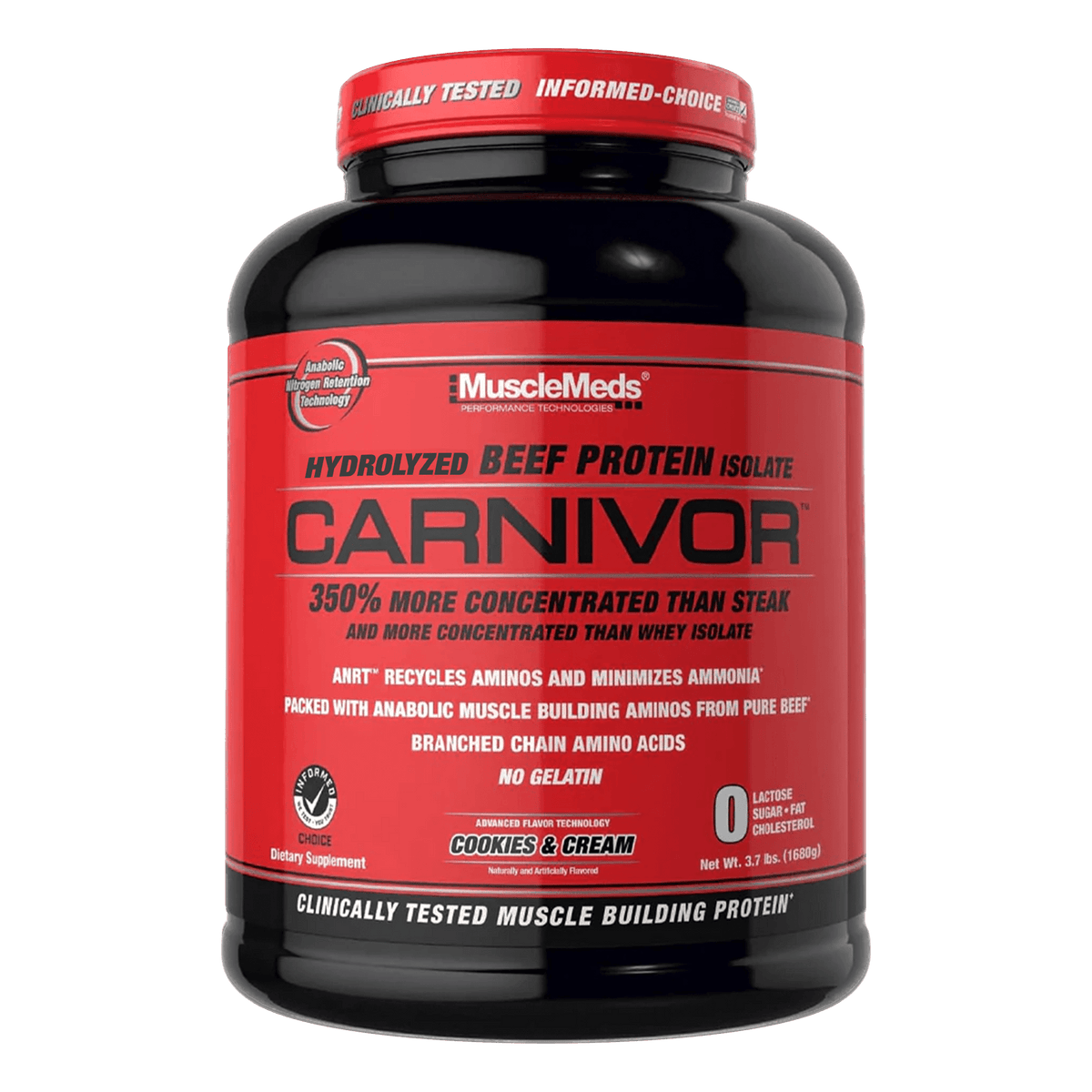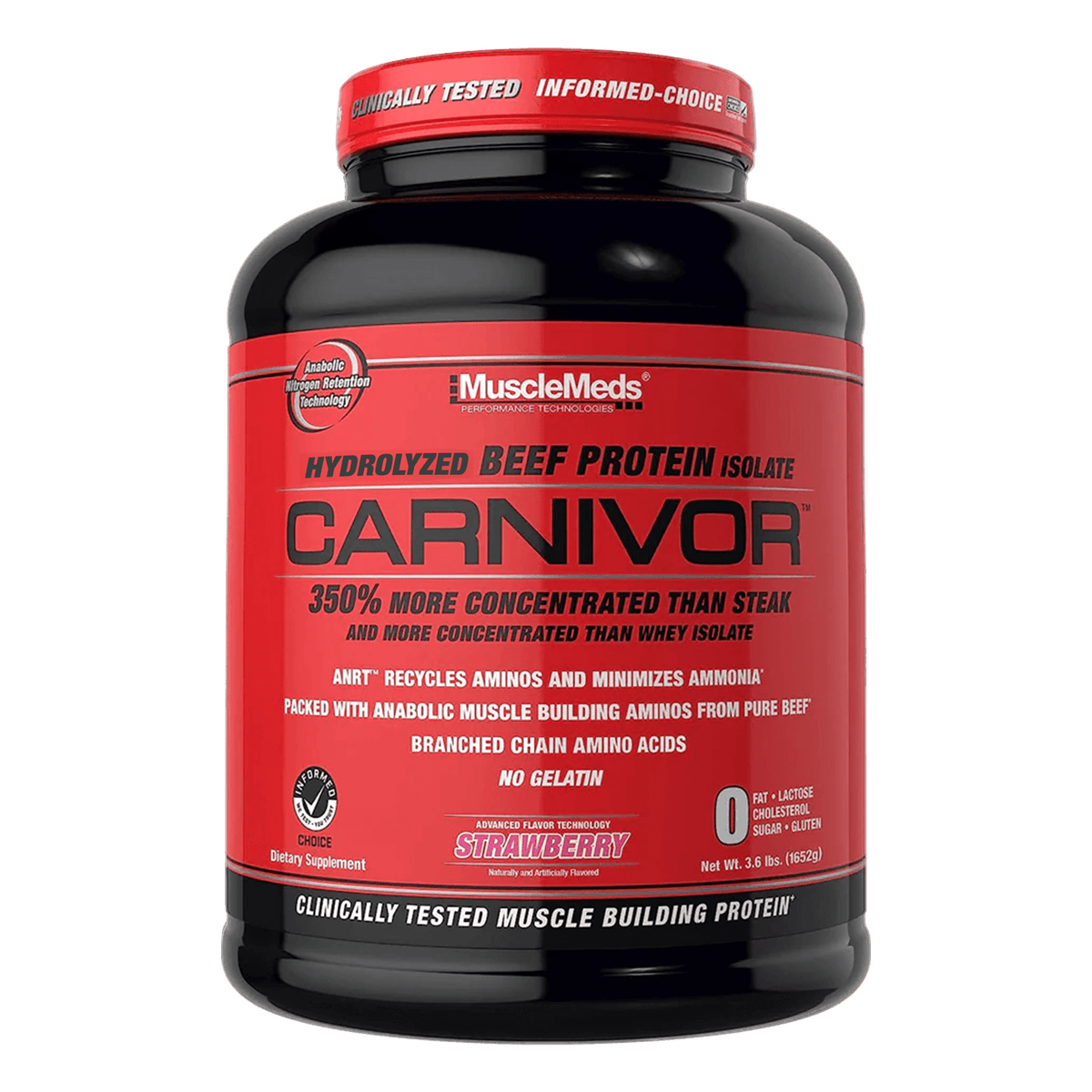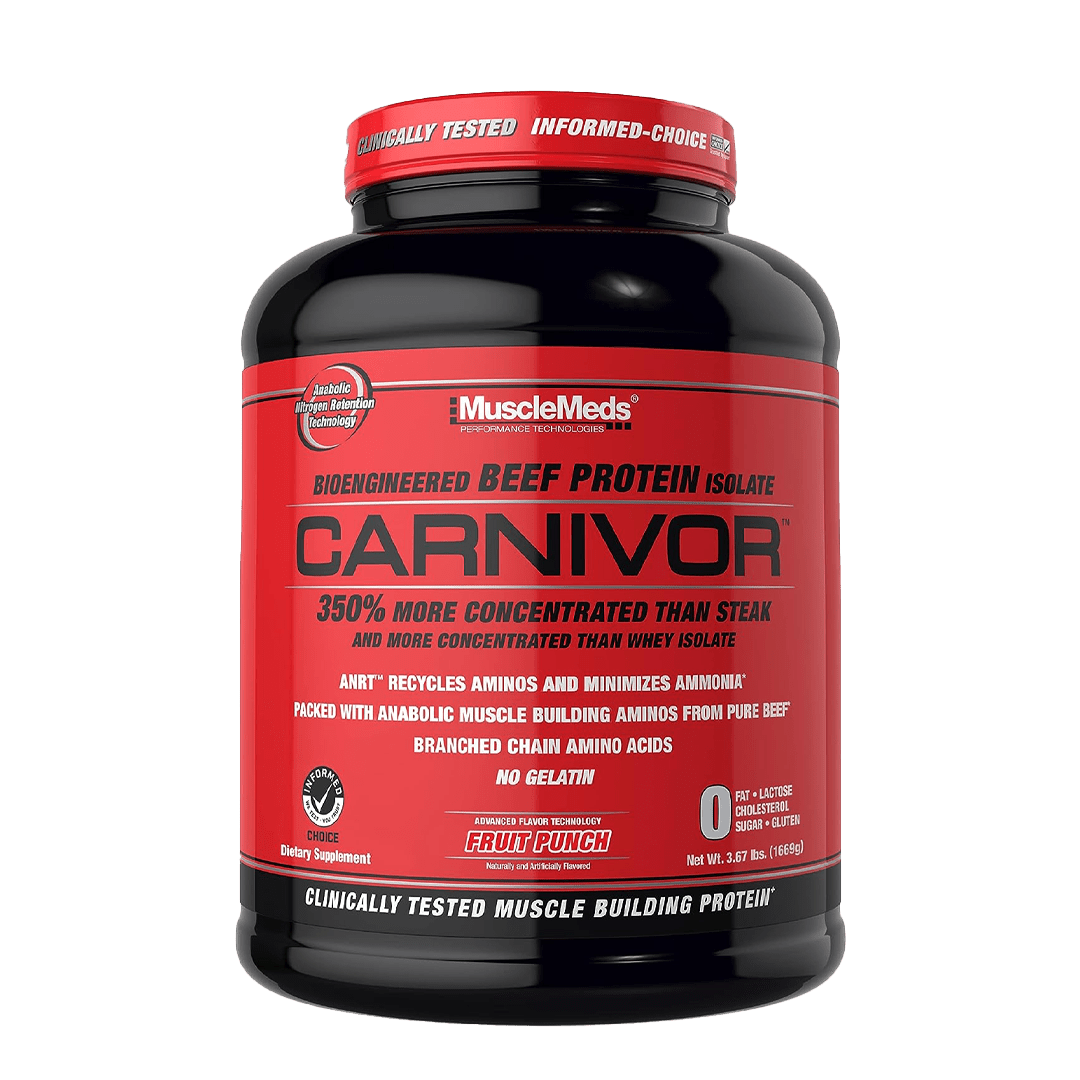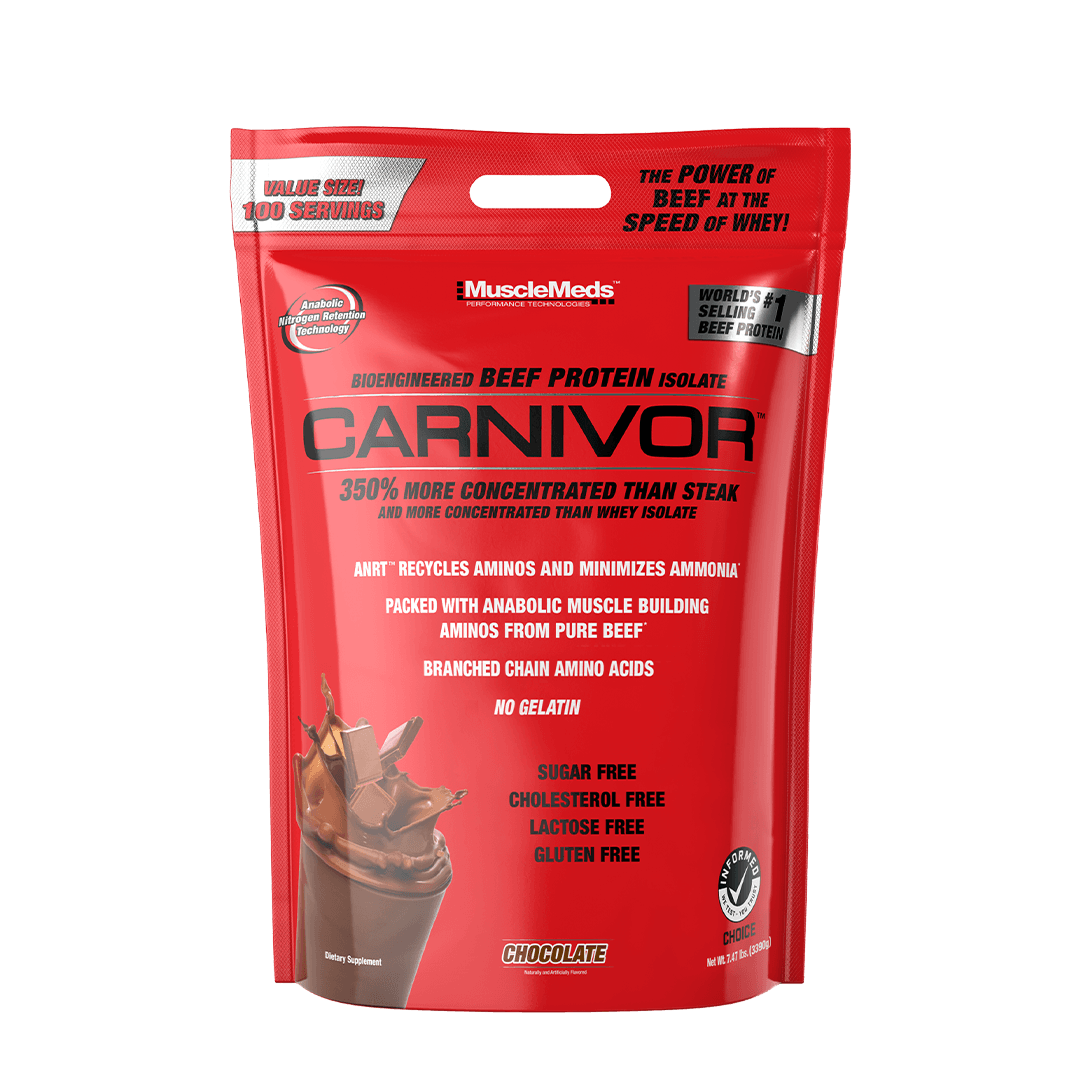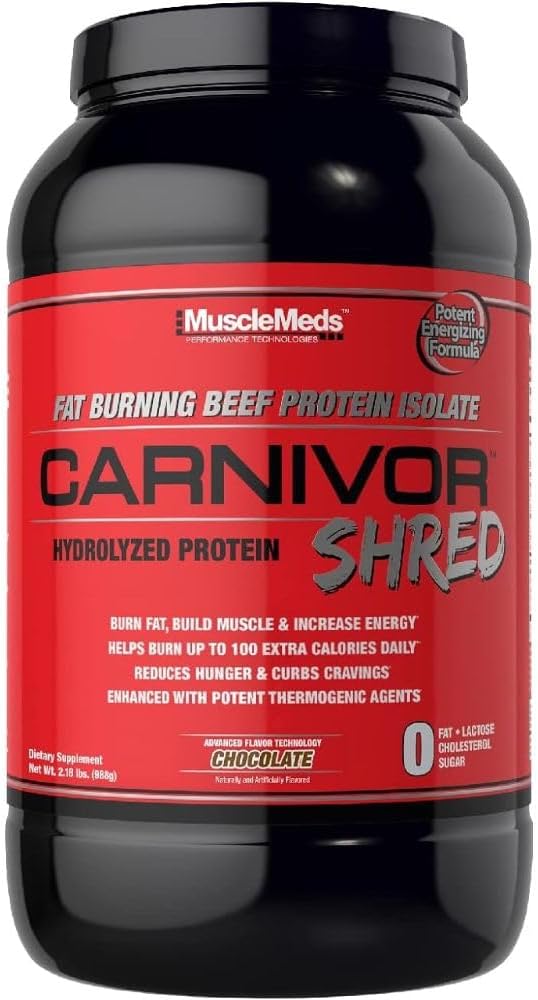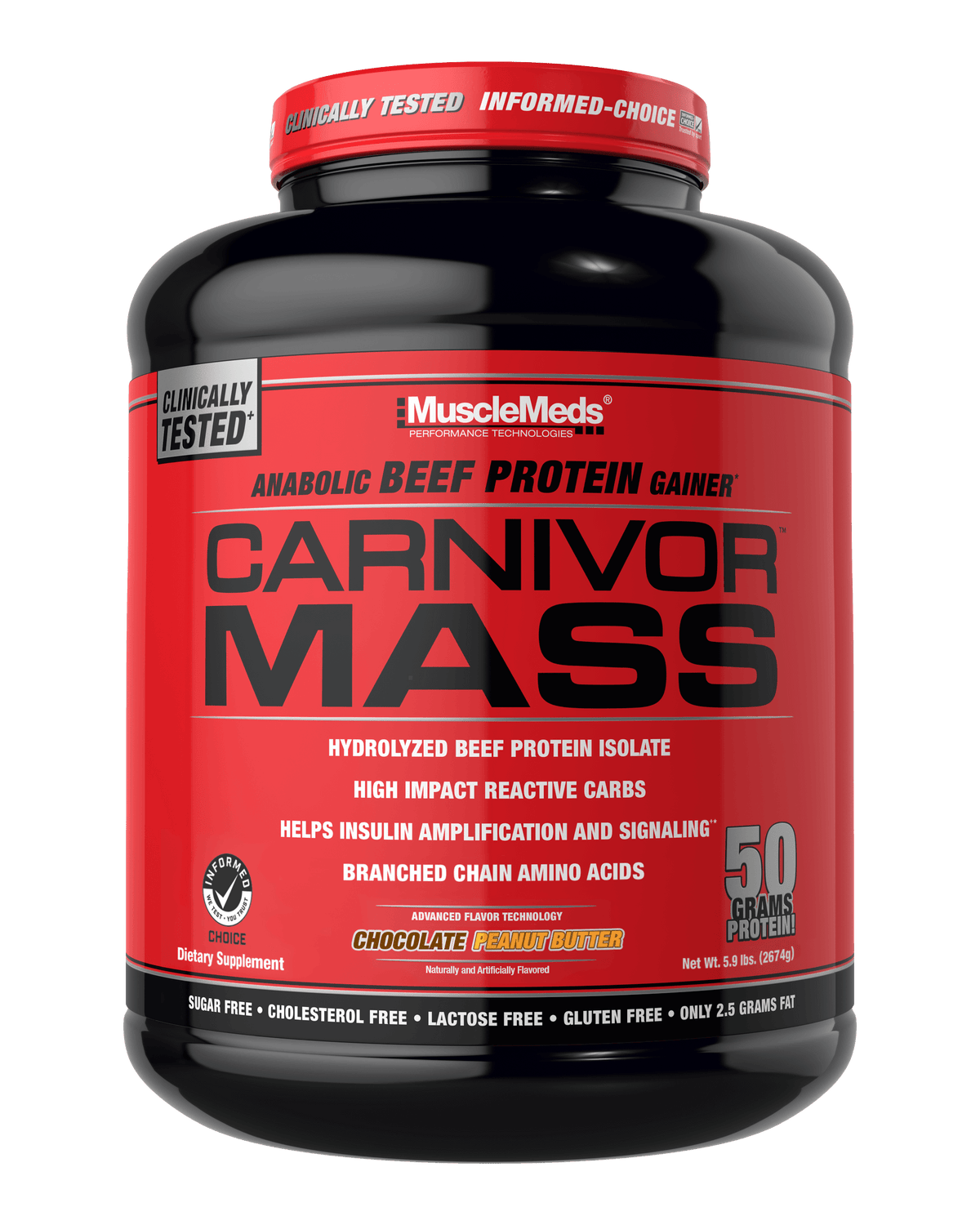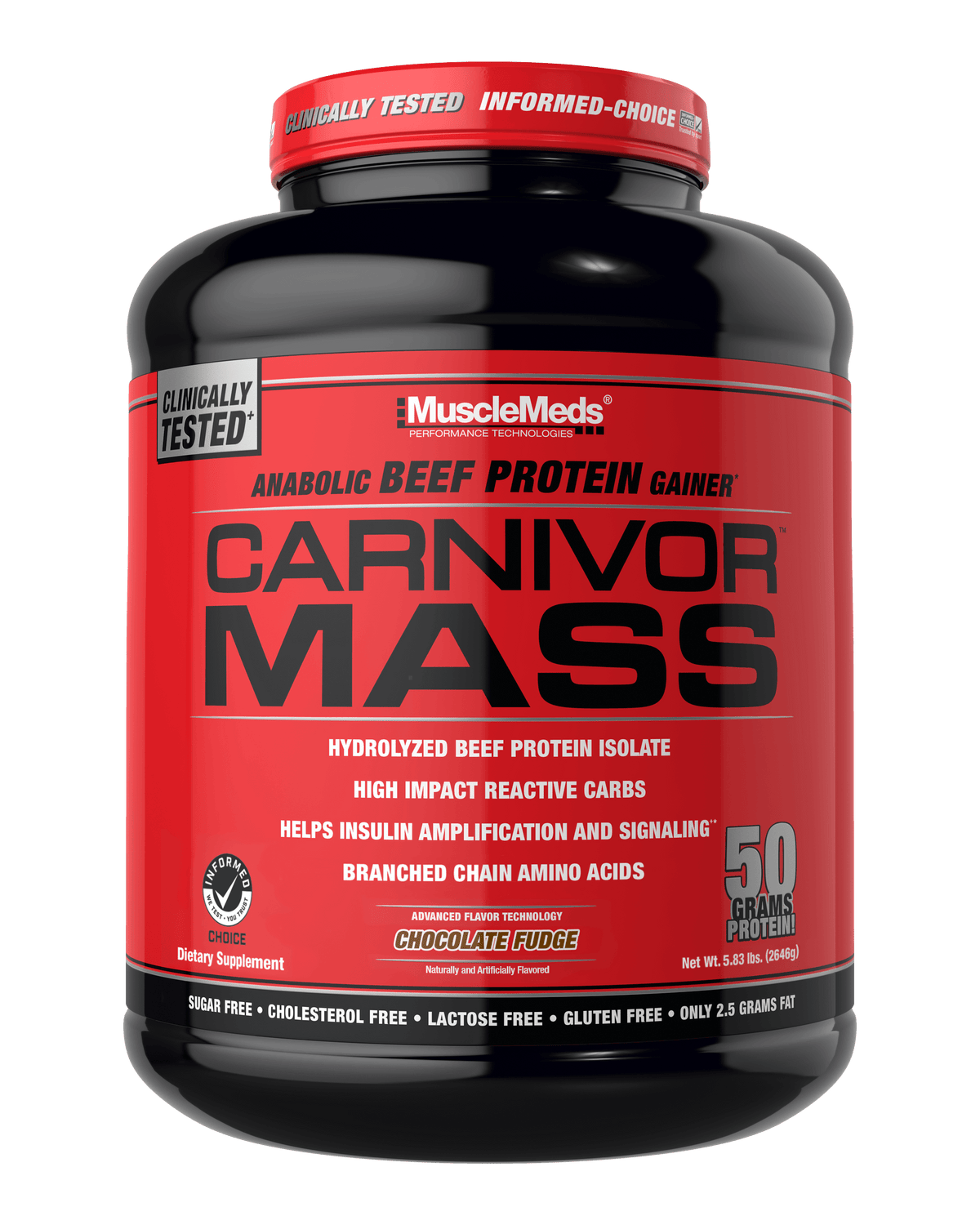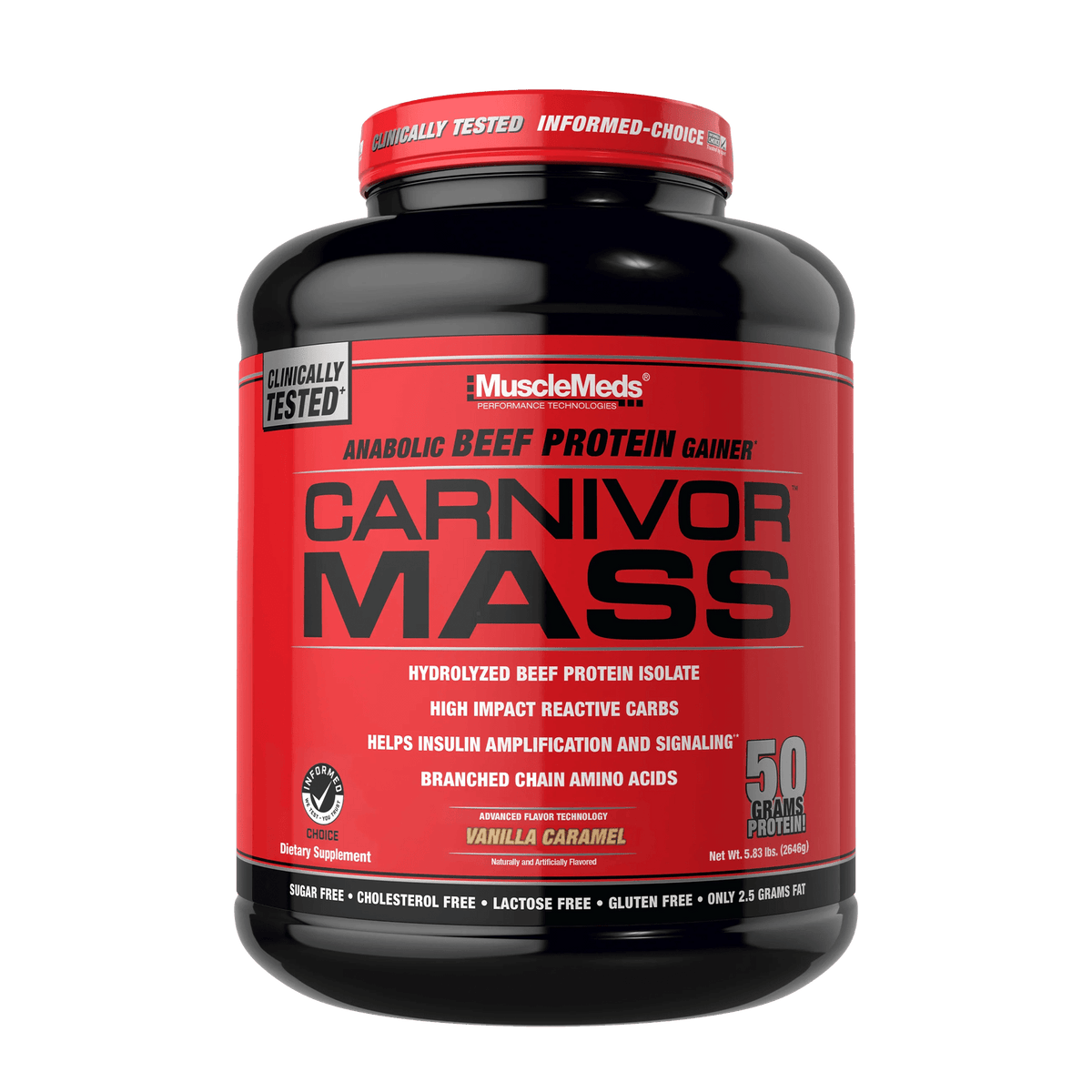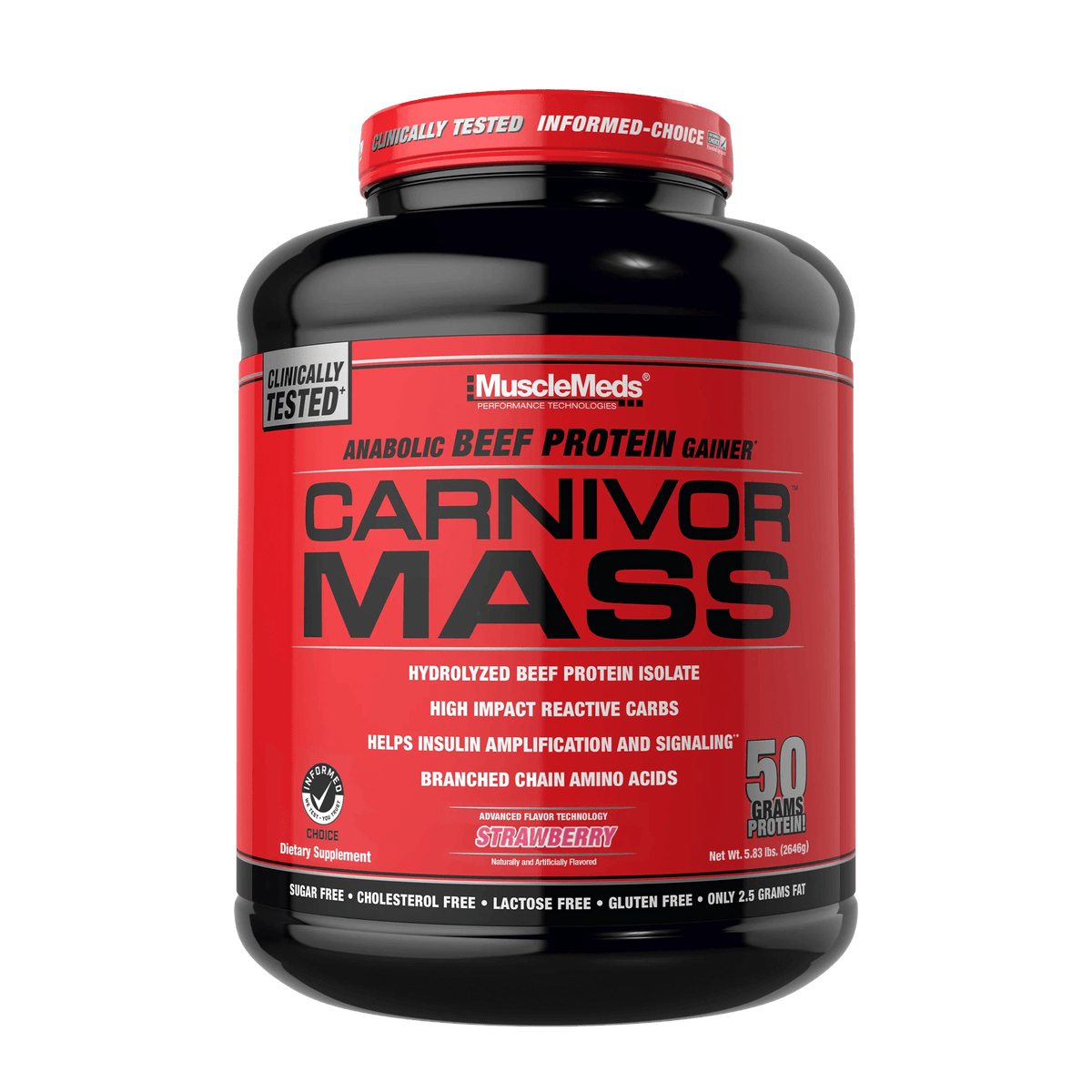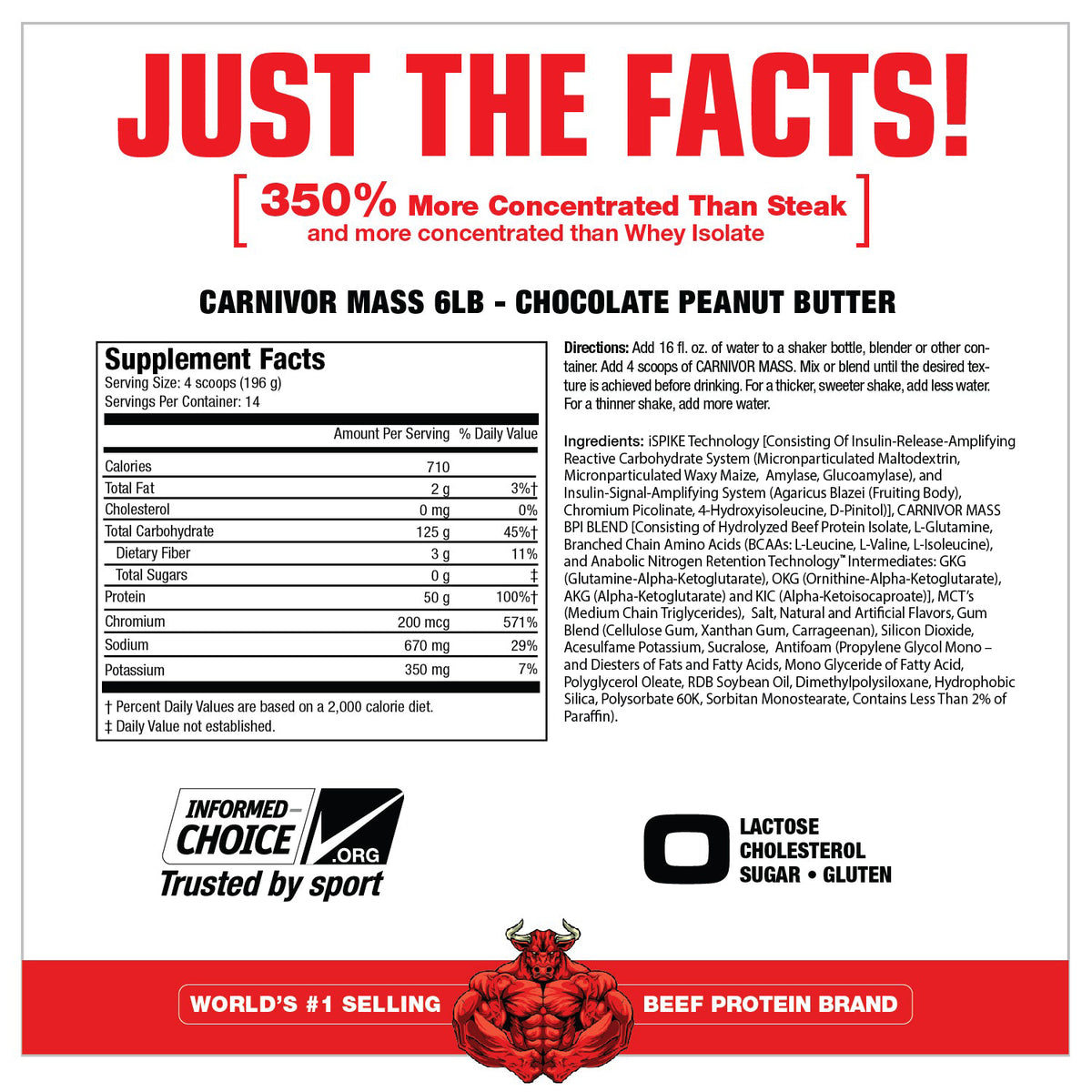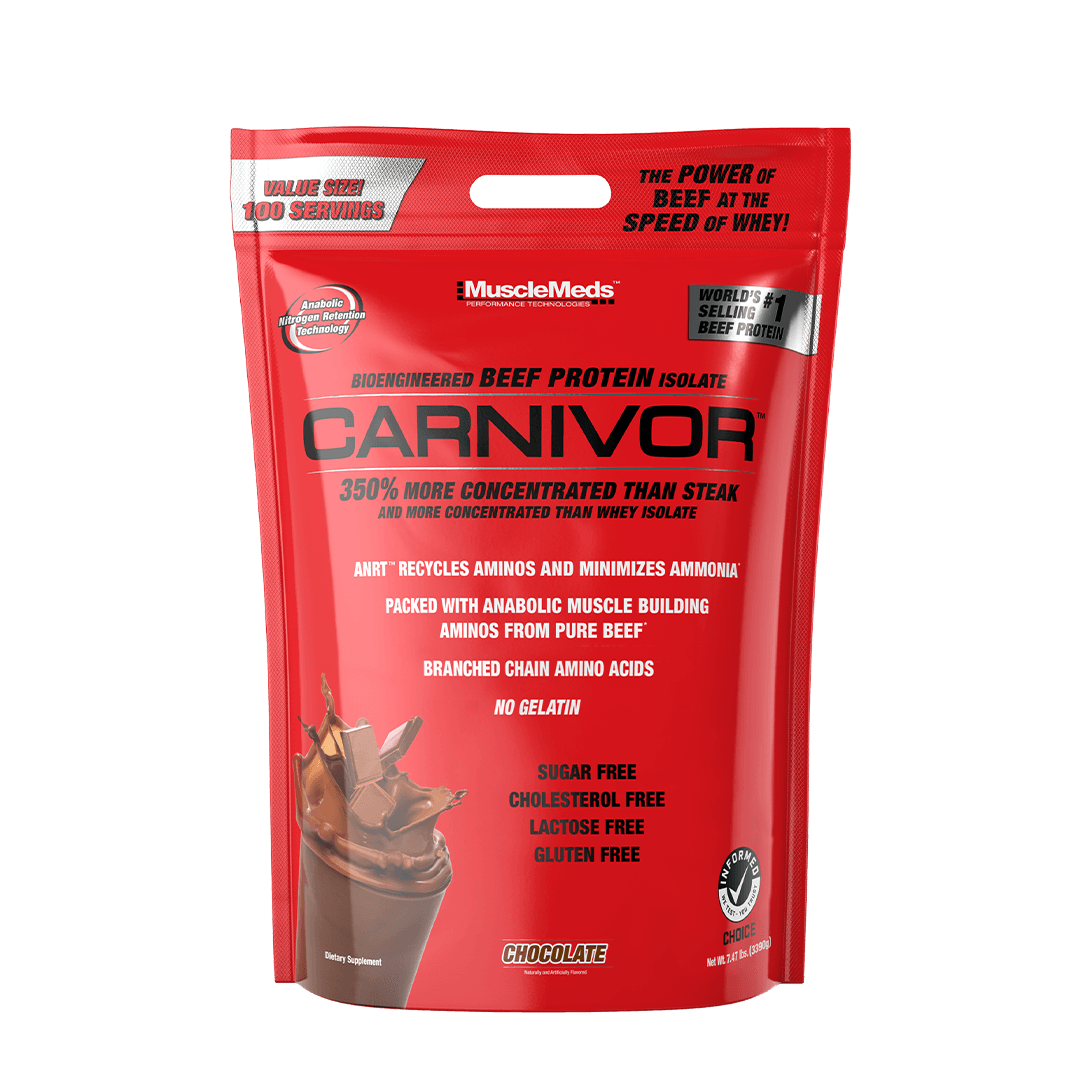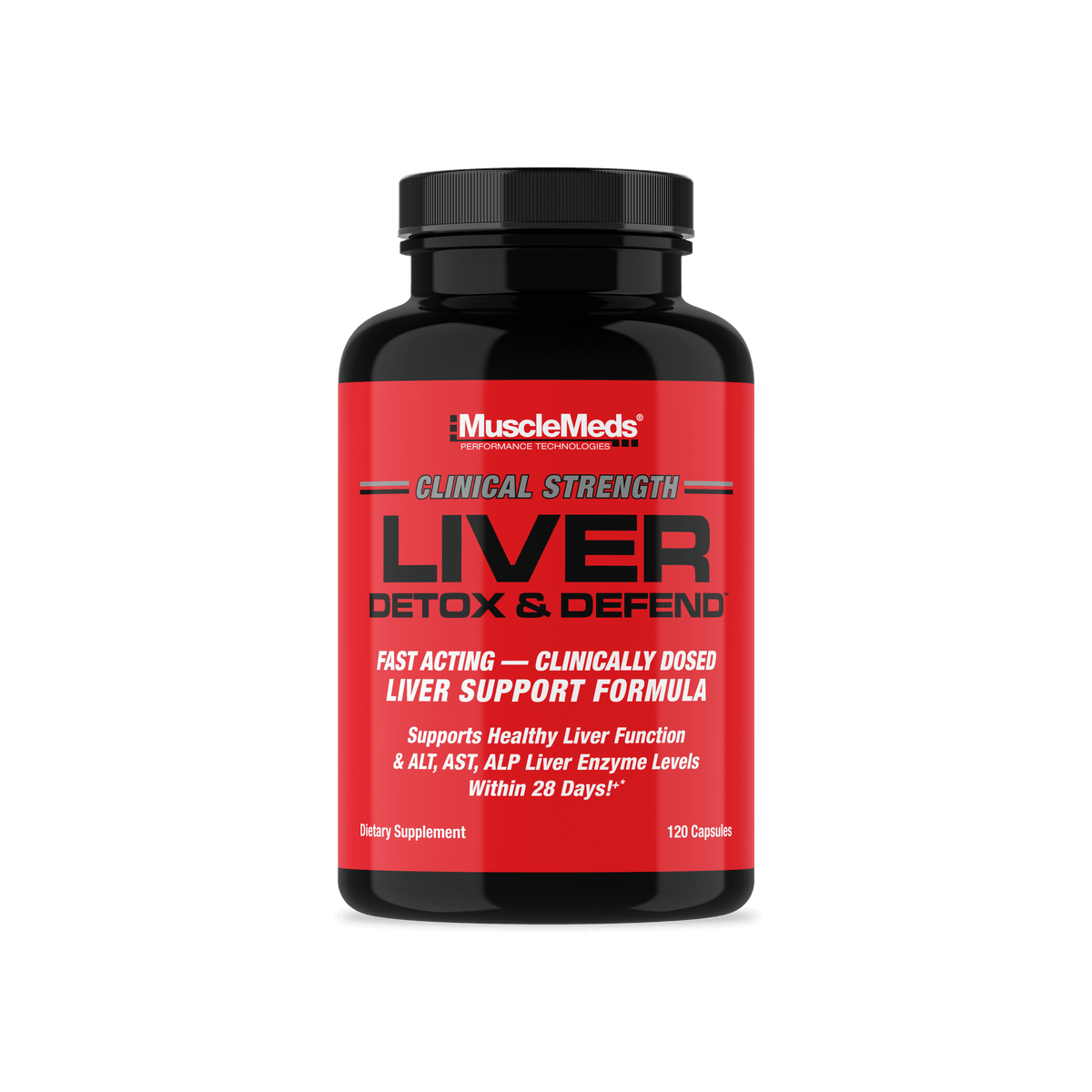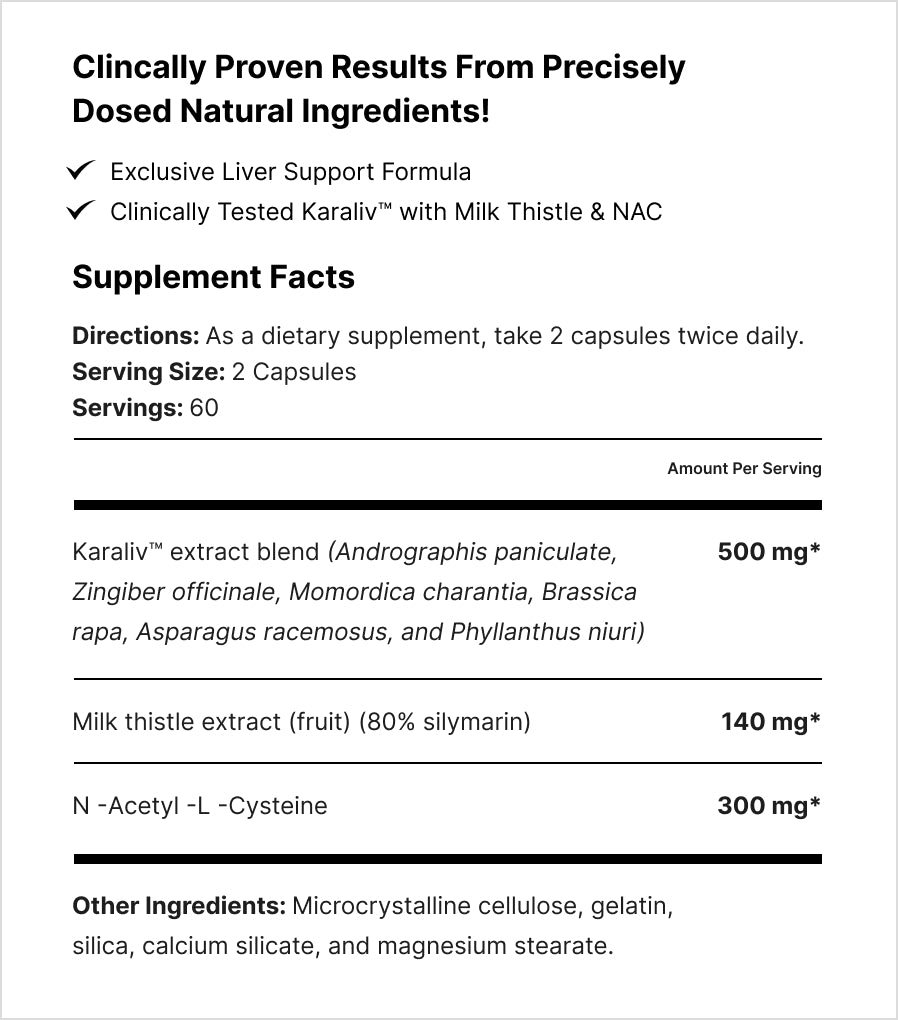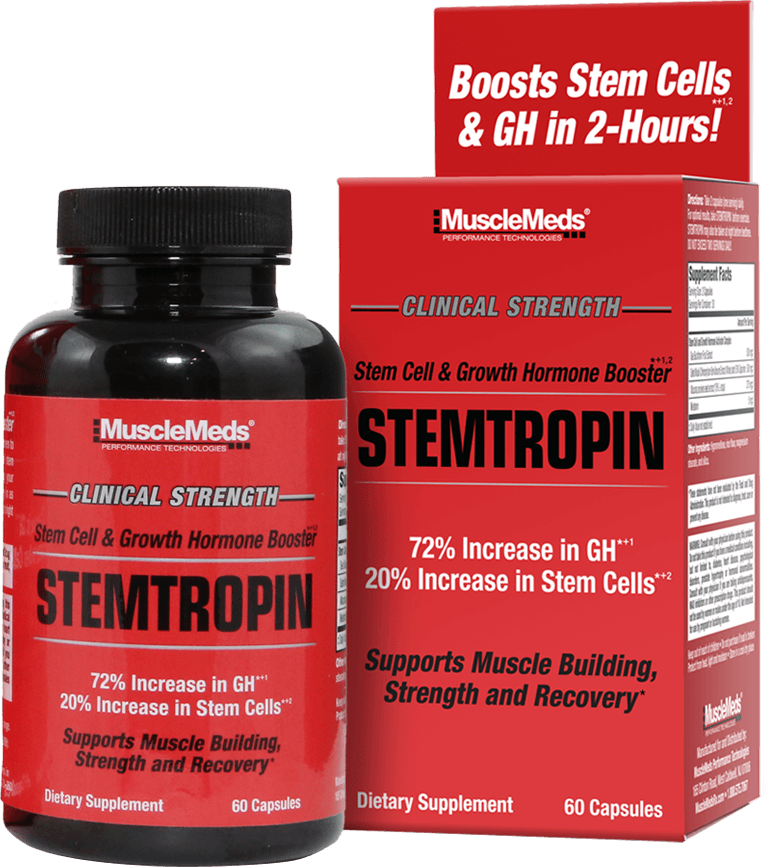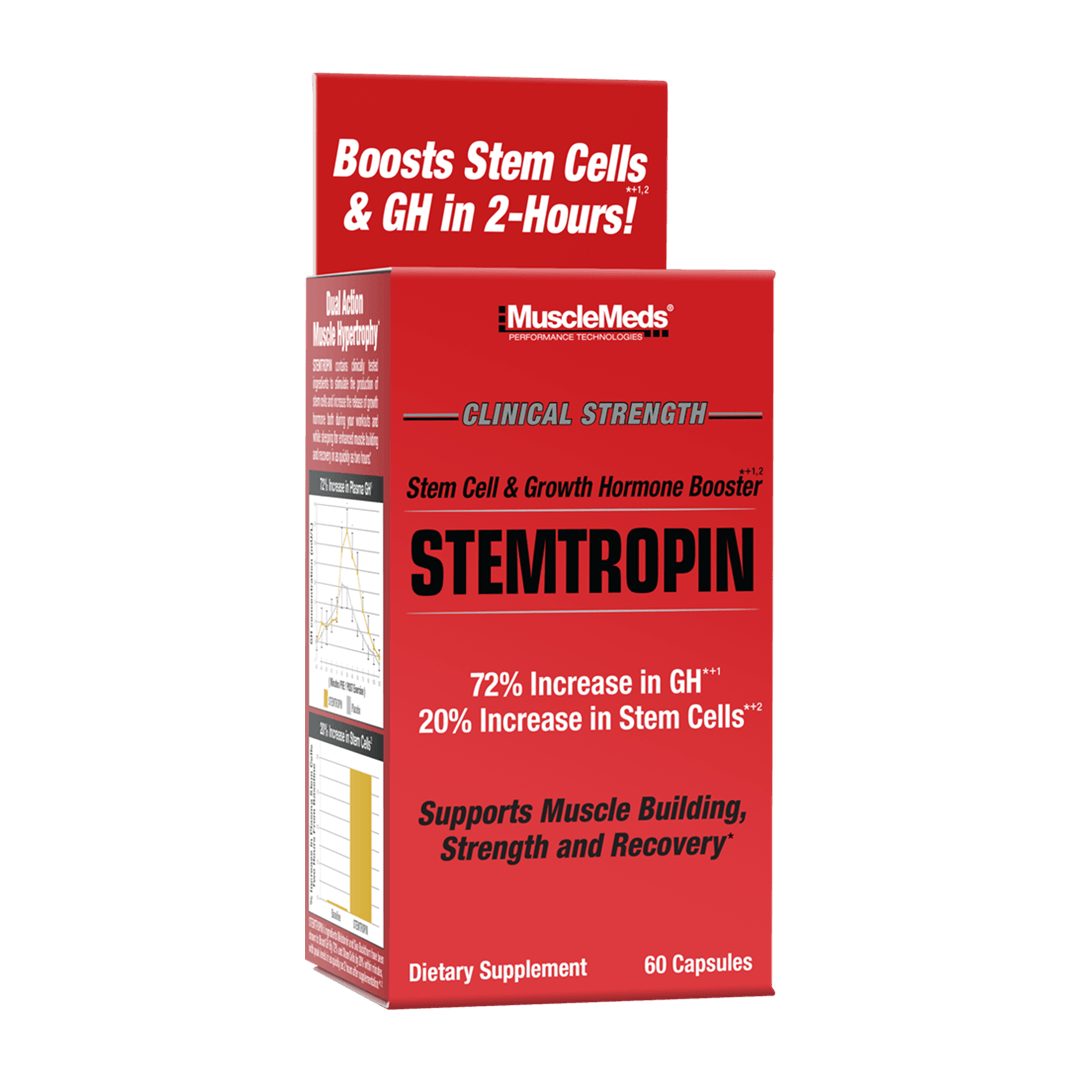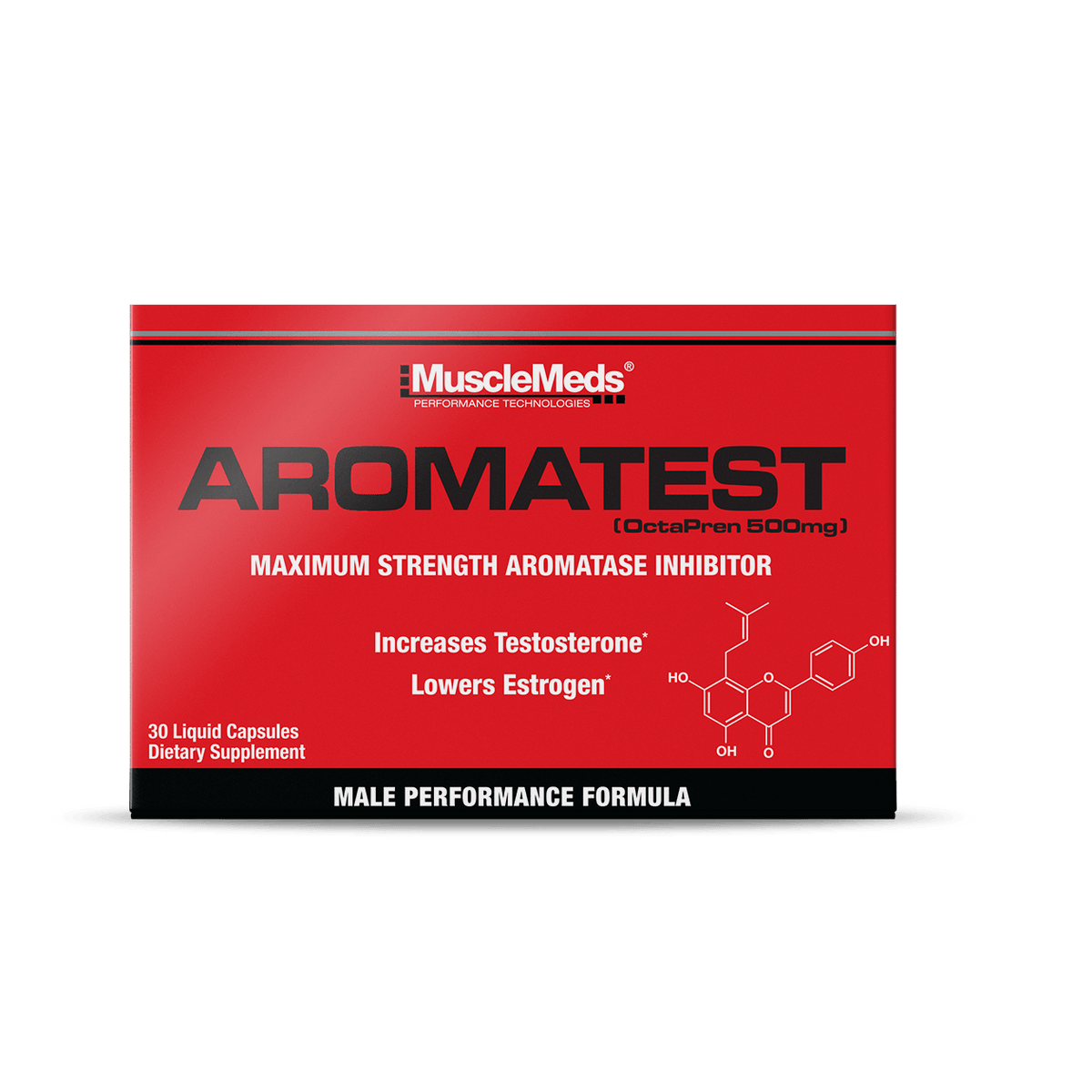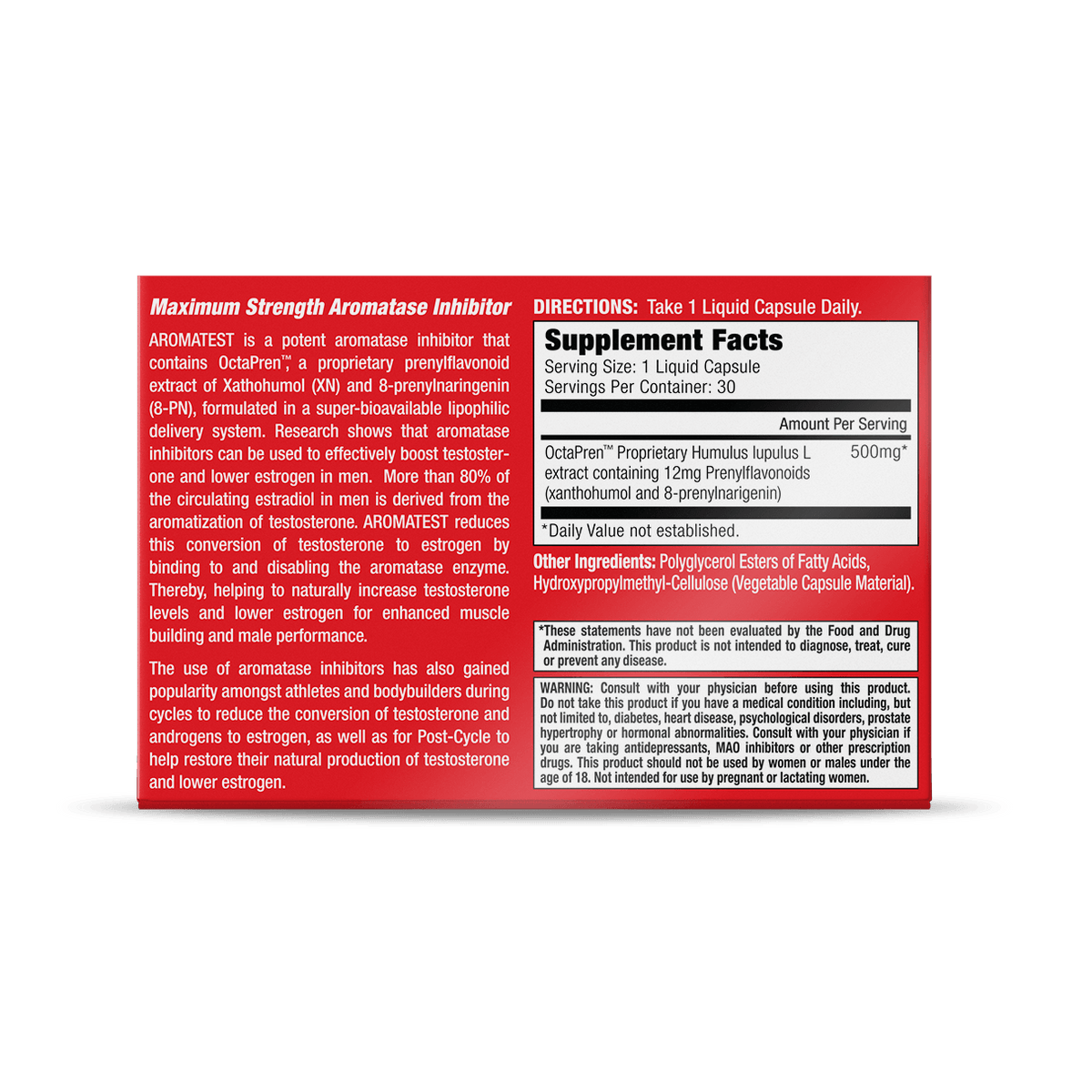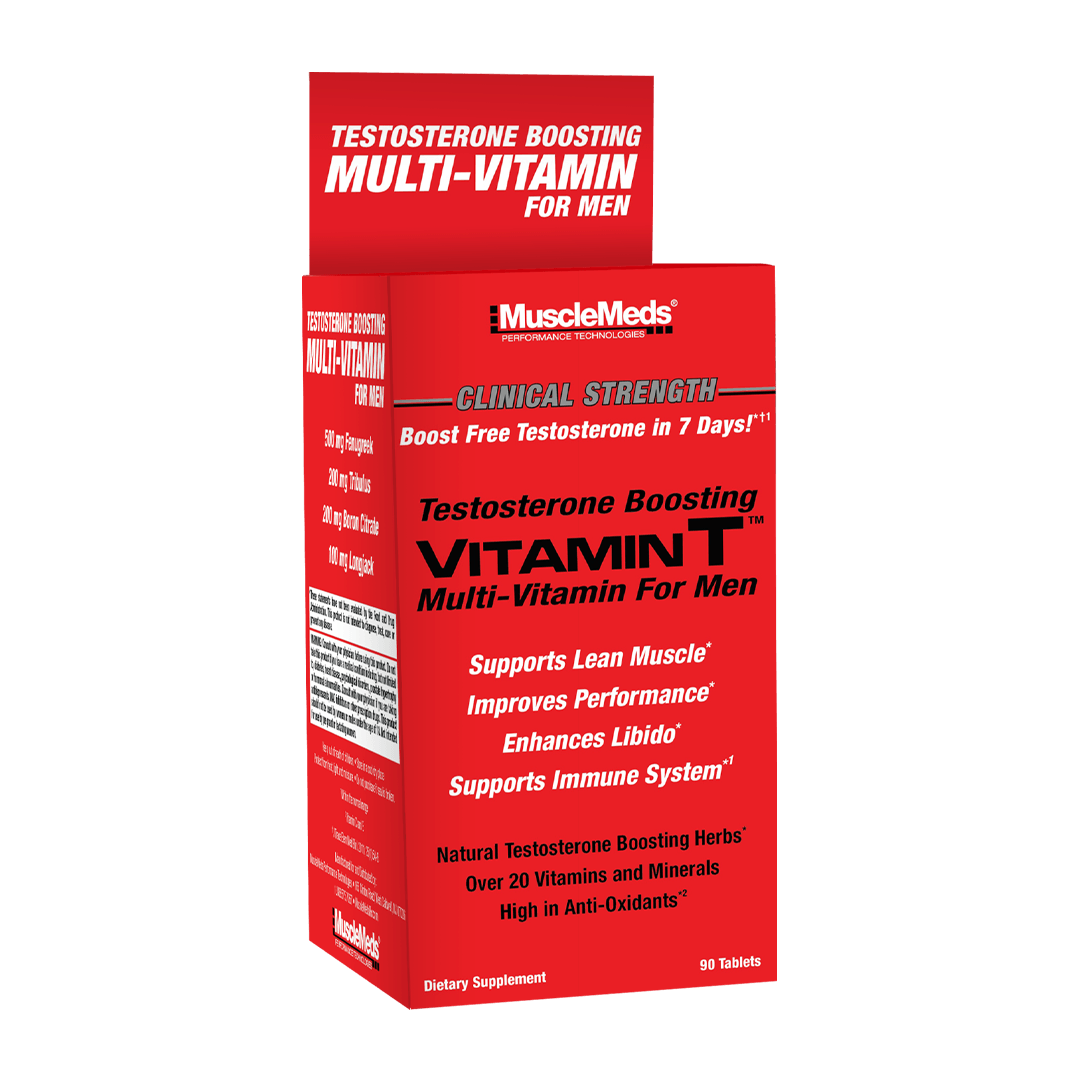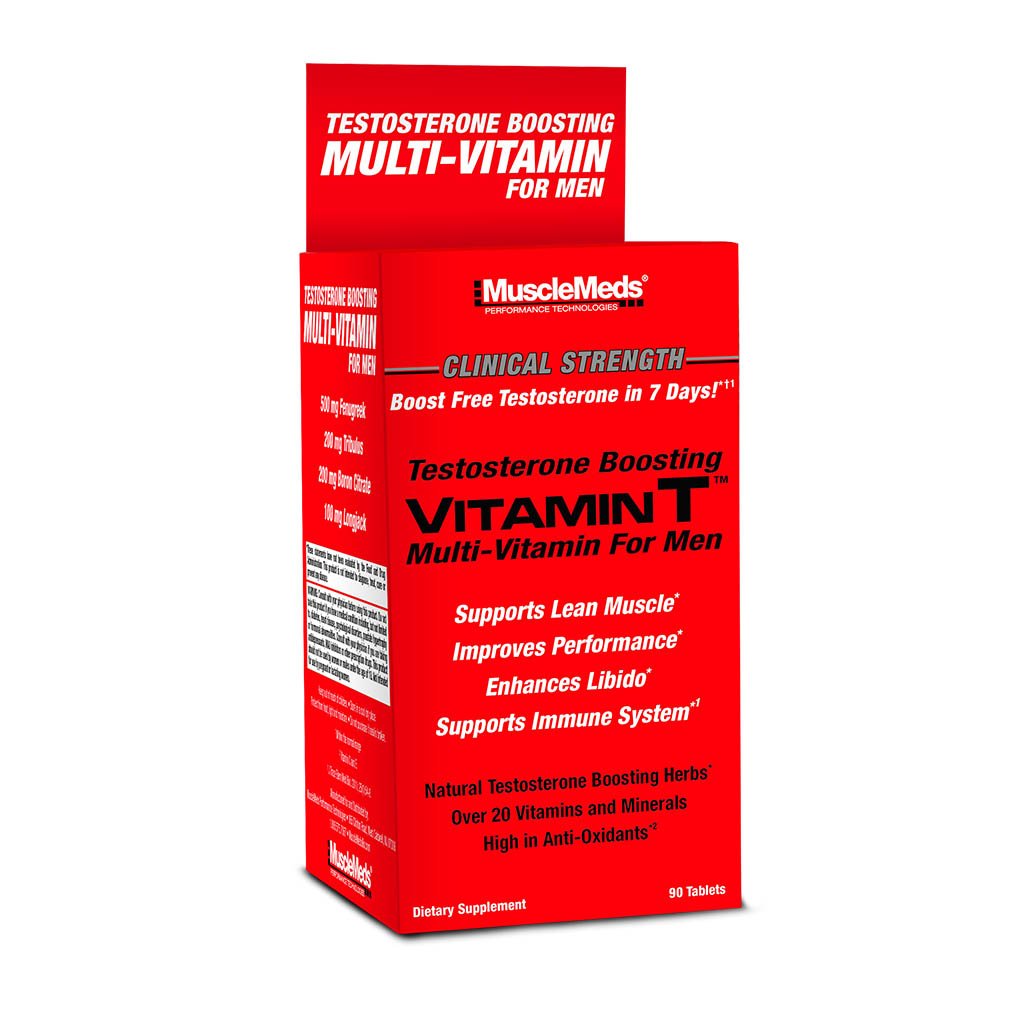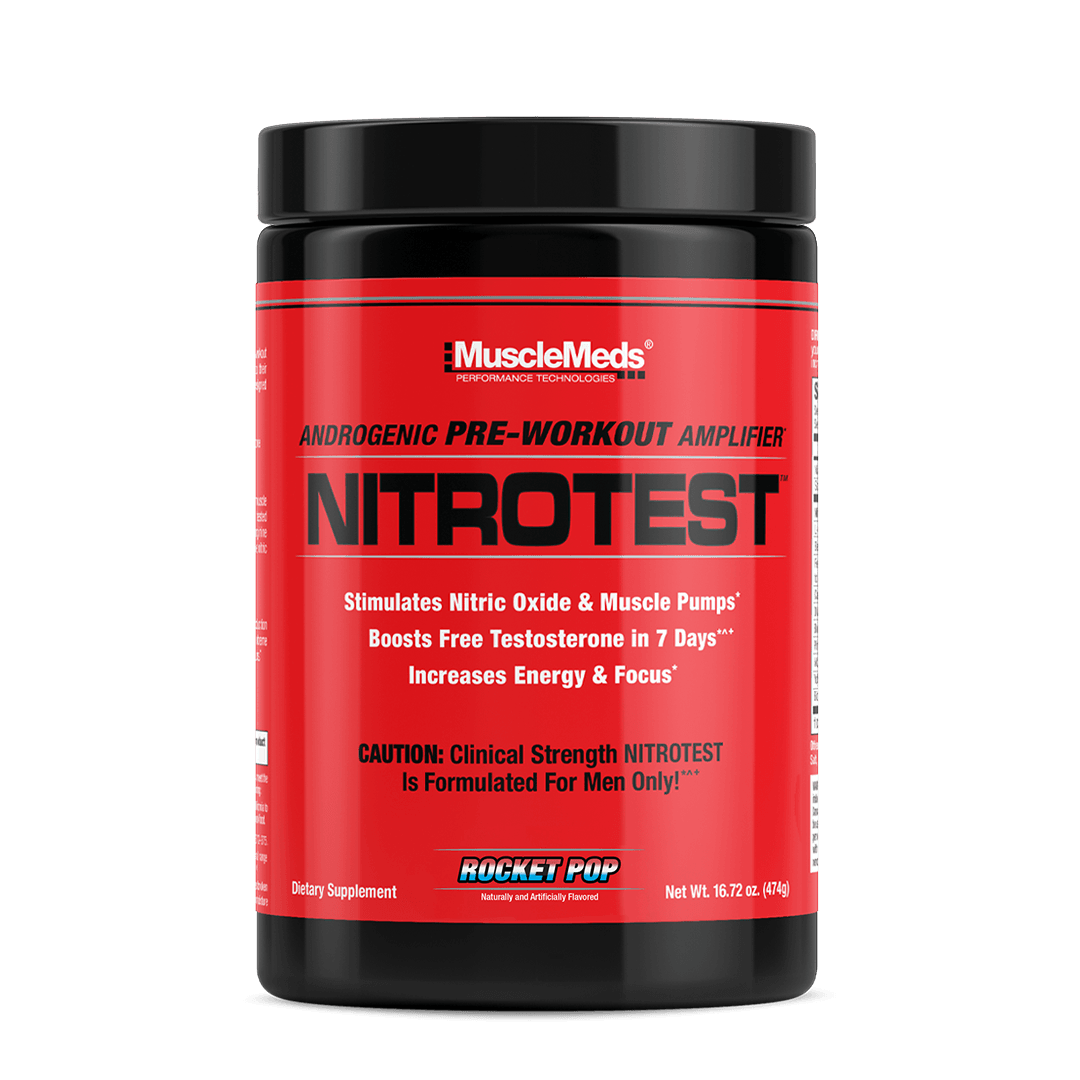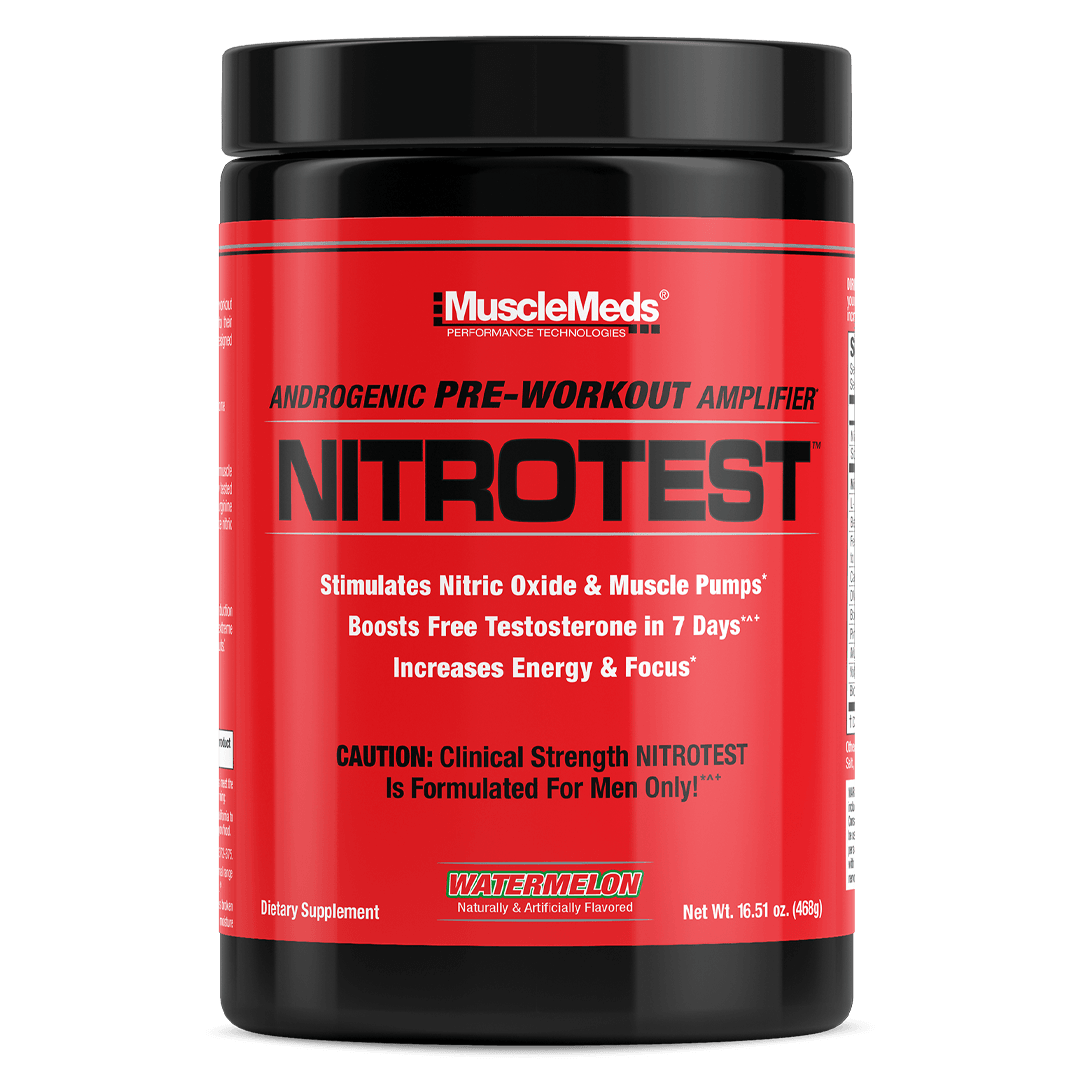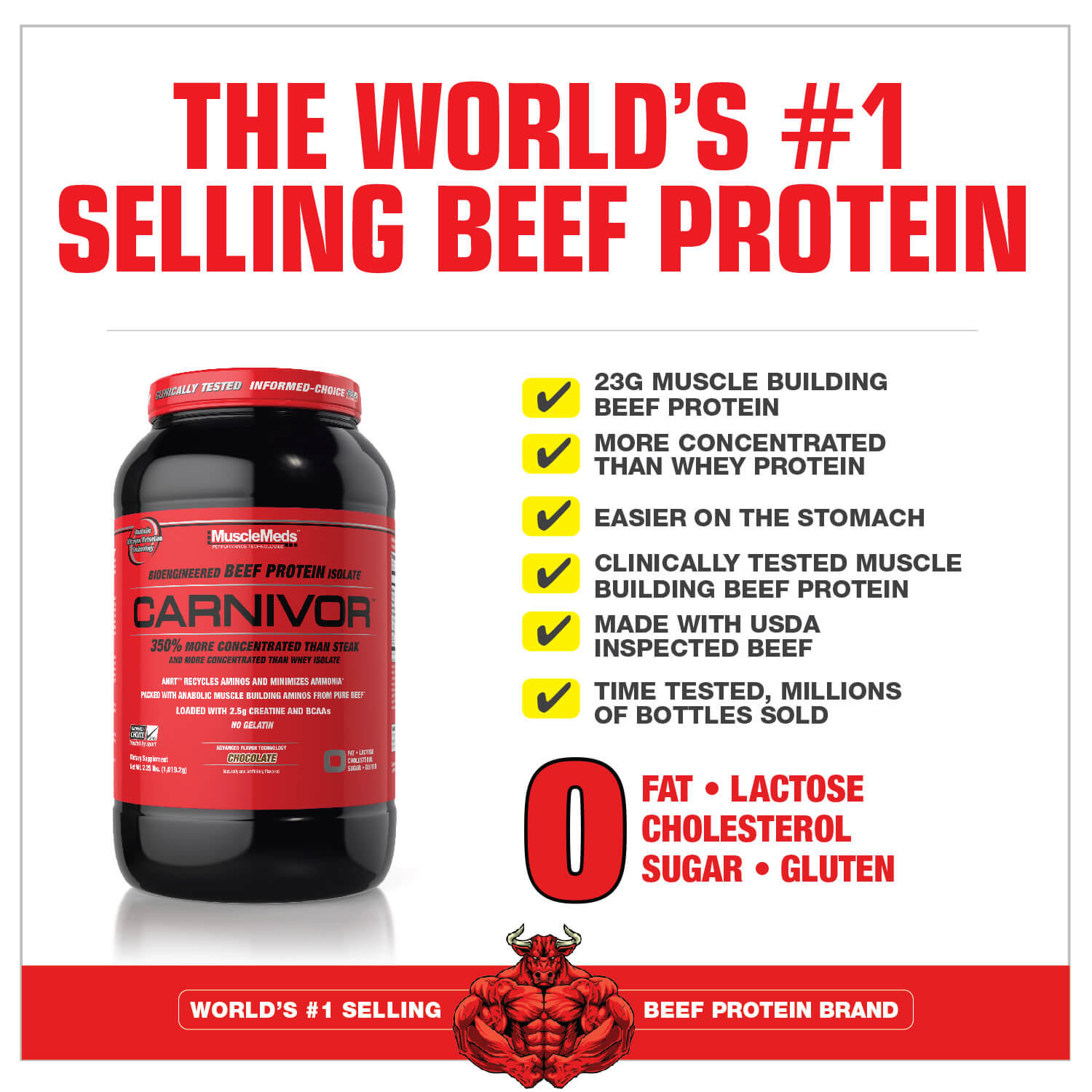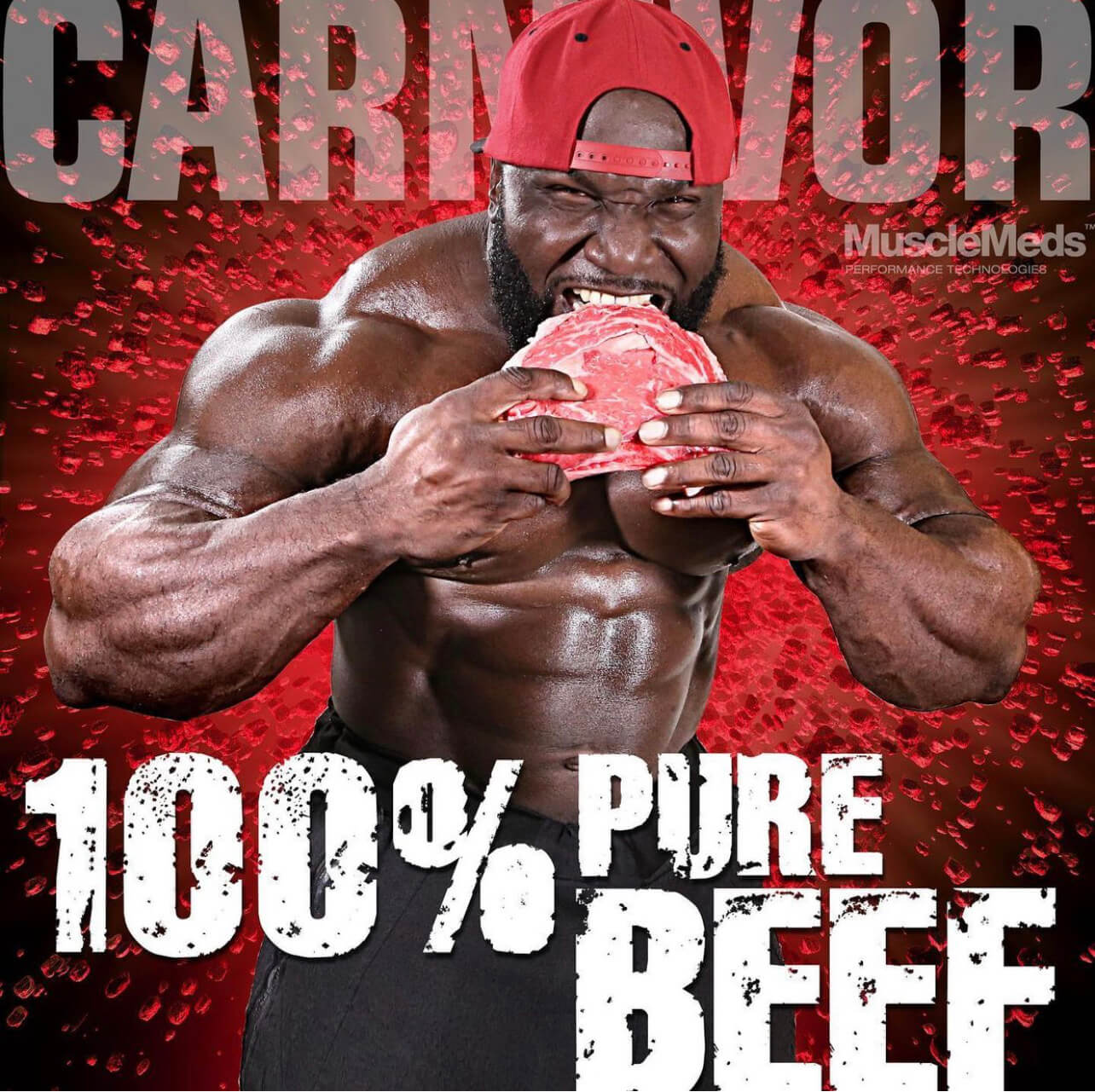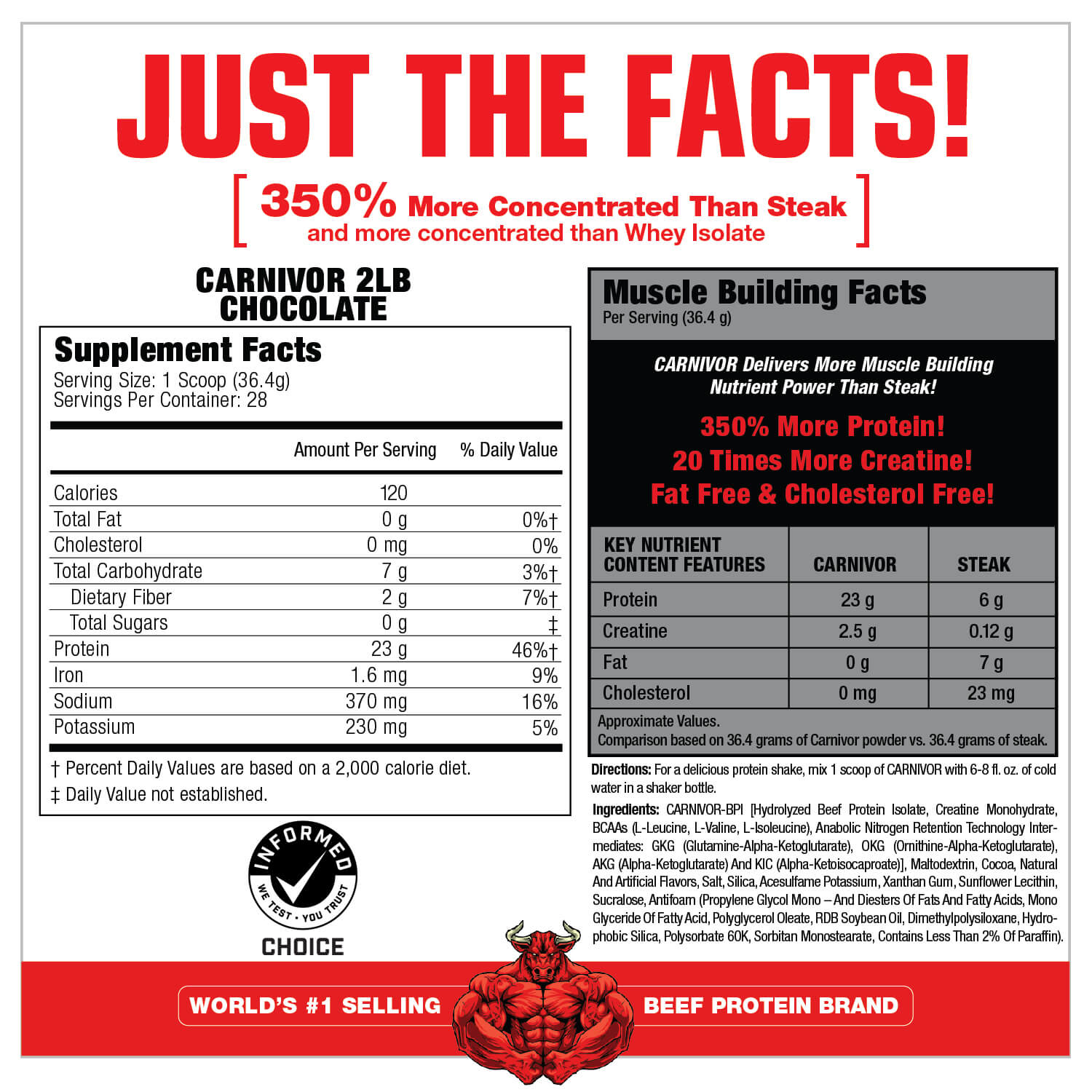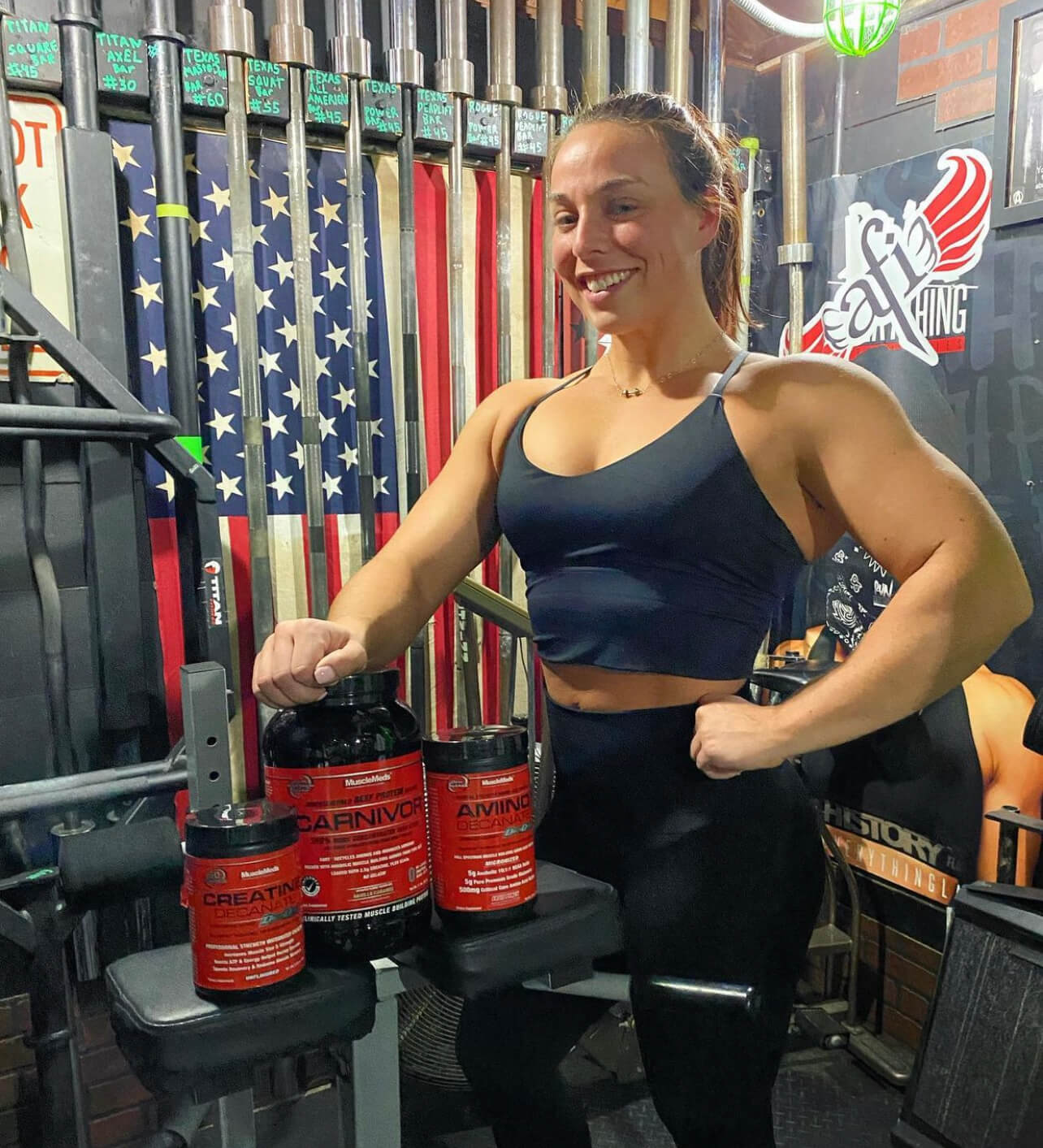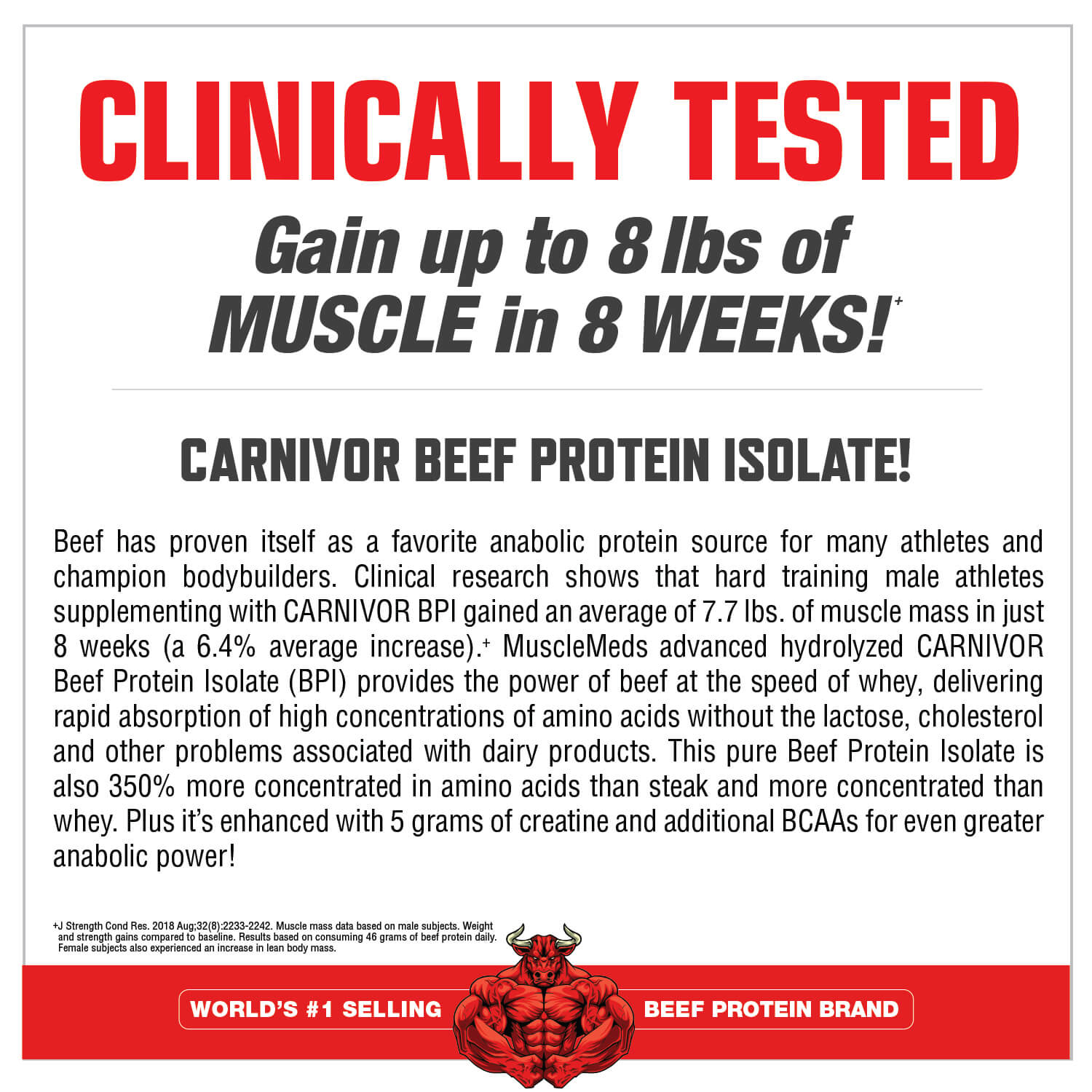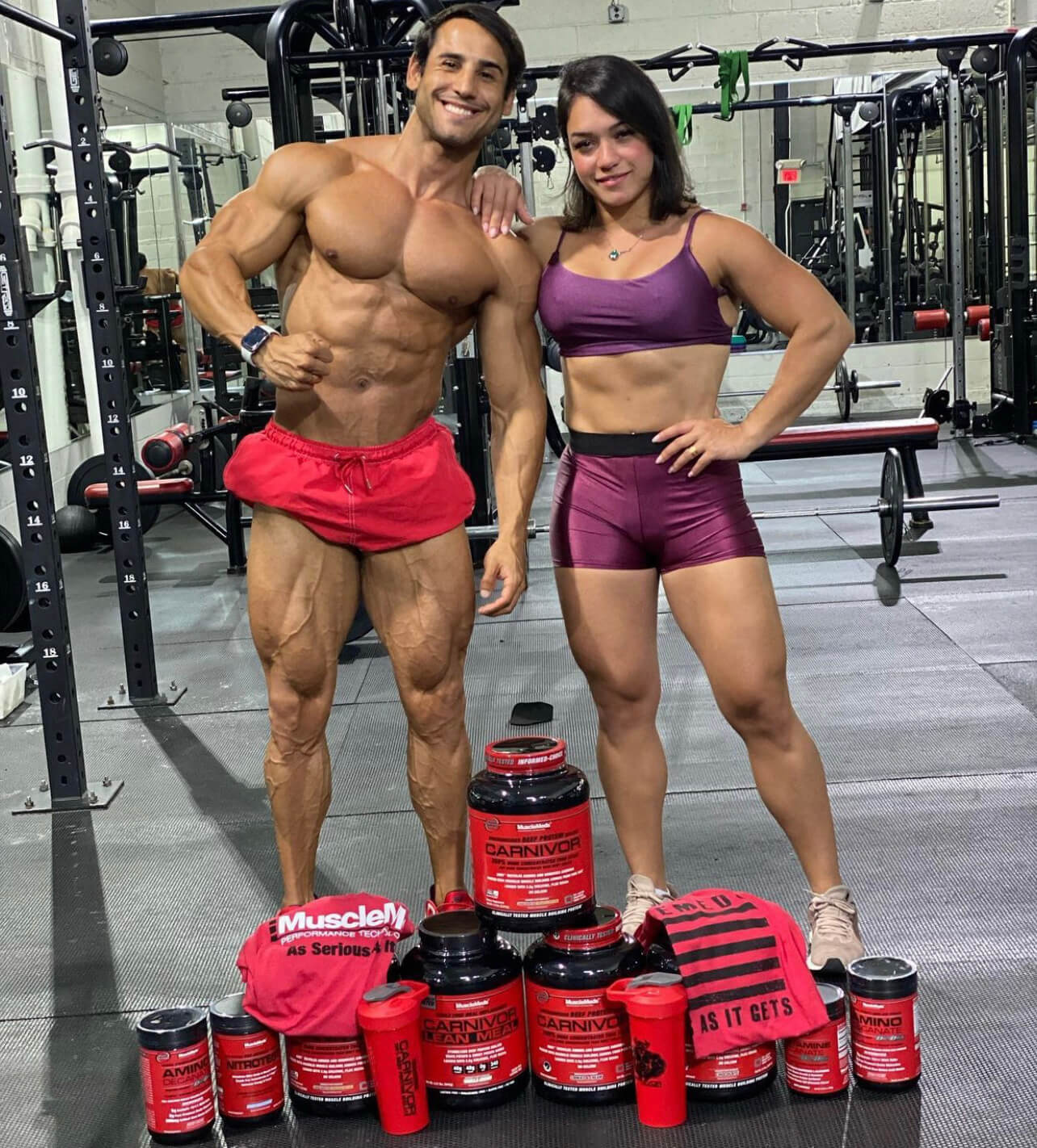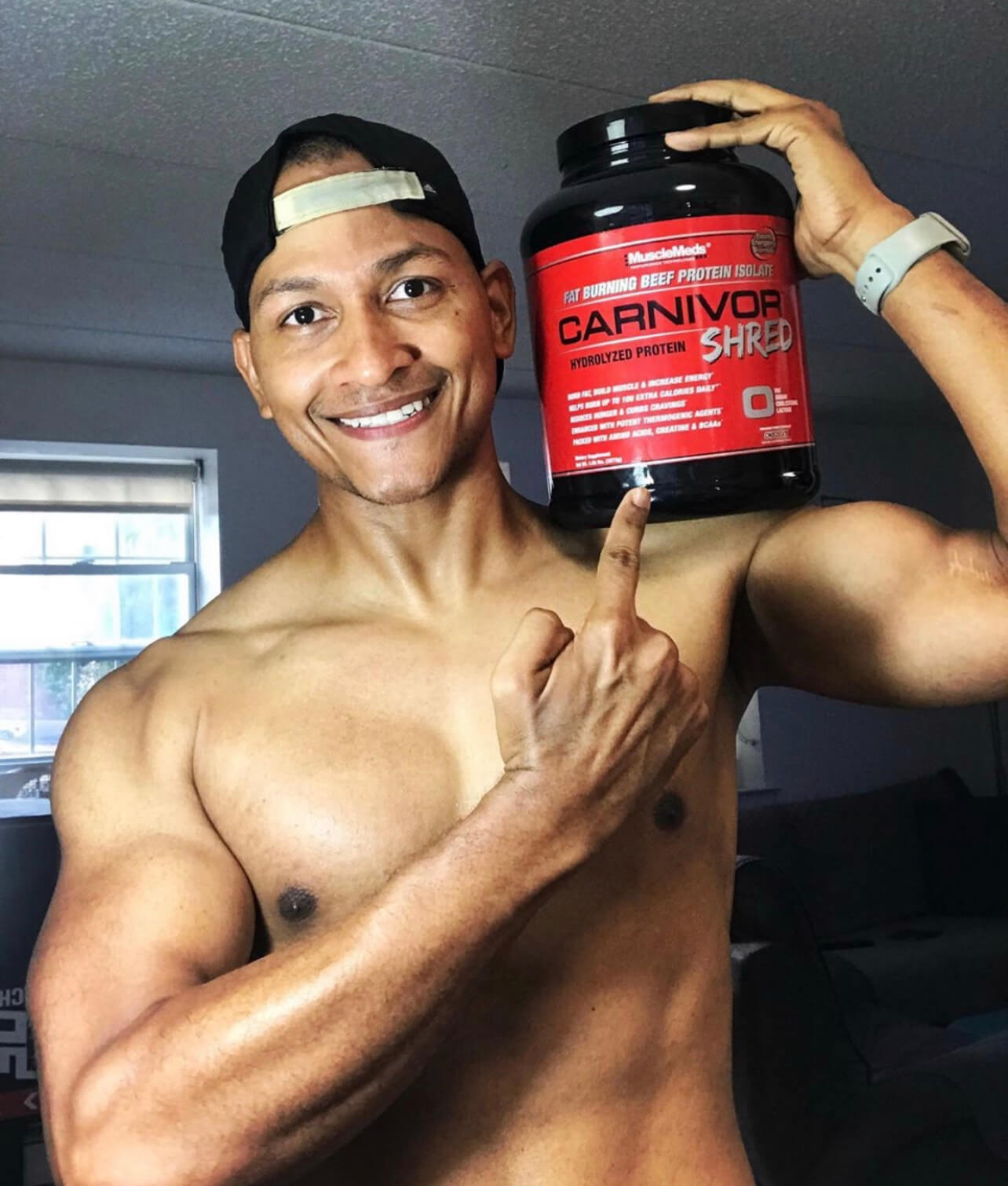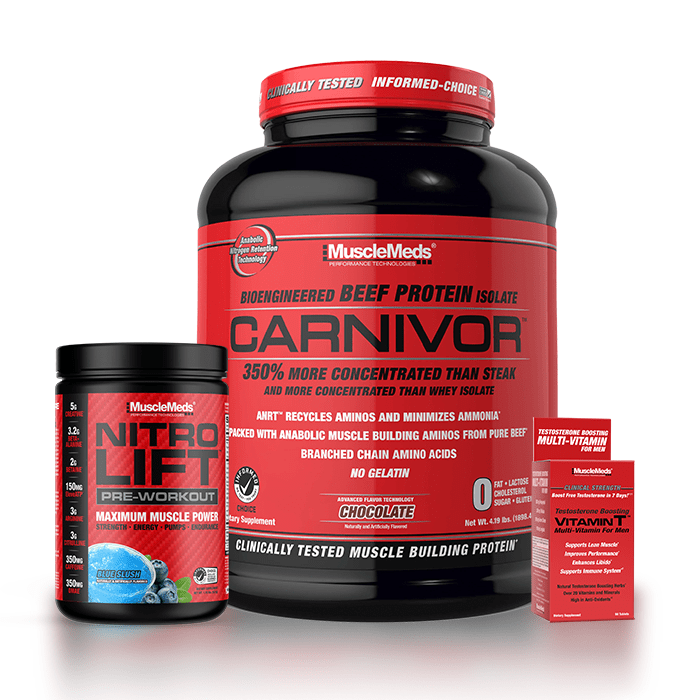In the world of bodybuilding and athletics, achieving peak physical conditioning involves intense training, strict dietary regimens, supplementation, and proper rest. Along with these disciplines many people incorporate the use of anabolic-androgenic steroids (AAS) to accelerate and further enhance muscular development and performance. The use of anabolic steroids is not only common among professional bodybuilders and athletes, but also rampant among many average gym goers and amateur athletes. While anabolic steroids can amplify muscle growth and performance, they also carry harmful side effects, particularly concerning aromatization and liver health. It is crucial for bodybuilders to grasp and address these risks to safeguard their health and well-being. Some athletes opt to use performance-enhancing drugs (PEDs) to improve physical strength and appearance. However, it is crucial to recognize that these substances can have side effects, including low energy, reduced libido, liver toxicity, and aromatization.
Aromatization is the process through which aromatase enzymes convert testosterone into estrogen. While estrogen is crucial for hormonal balance in both men and women, excessive estrogen levels in males can lead to adverse effects. These effects include weight gain, water retention, decreased libido, gynecomastia, and lethargy, all of which contradict the desired outcomes of bodybuilding. When you take anabolic androgenic steroids, your body converts some of these androgens to estrogen via aromatization. This drives estrogen levels up which can lead to those adverse effects.
To counteract the negative effects of aromatization, experienced bodybuilders integrate aromatase inhibitors into their supplement regimen. Aromatase inhibitors function by stopping the conversion of testosterone to estrogen, thereby maintaining hormonal equilibrium, and promoting a lean physique. MuscleMeds, renowned for product innovation such as their industry leading Beef Protein Isolate CARNIVOR and appetite stimulant FEAST MODE, recognized a void and a need for an effective natural aromatization solution and developed AROMATEST, a maximum strength aromatase inhibitor. AROMATEST is formulated with a proprietary prenylflavonoid extract of Xanthohumol (XN) and 8-prenylnaringenin (8-PN). Research shows these two natural compounds are the most powerful aromatase inhibitors. To further improve the potency and efficacy of these compounds, AROMATEST uses a super-bioavailable lipophilic delivery system making Its effectiveness unparalleled. Research shows its advanced delivery system provides superior bioavailability and efficacy, with 20x greater absorption. AROMATEST is ideal to use as part of your cycle to keep estrogen levels low and optimize
the effects of the AAS to build lean muscle. AROMTEST should also be used post cycle to help keep estrogen levels down and help restore your natural testosterone production. Typically, after many weeks of anabolic steroid use your body’s natural production declines and many times is turned off. So often when you come off a cycle you suffer a terrible crash as your testosterone levels drop once you cease taking the steroids, your production is down. Research shows that aromatase inhibitors like AROMATEST not only lower estrogen, but they can also boost the production of testosterone.
So, to get the best results from your cycles, eliminate the side effects of elevated estrogen and kick your natural production of testosterone back up after your cycle take AROMATEST. It is a simple once daily formula that can help make a big difference.
Another concern of anabolic steroid use is their effects on the liver. Extended or excessive usage of anabolic steroids can have adverse effects on liver function. The liver, a crucial organ tasked with metabolizing various substances, including anabolic steroids, can suffer damage with prolonged exposure to these compounds. Studies have shown that the use of anabolic steroids may lead to liver issues such as hepatotoxicity, cholestasis, liver tumors, jaundice, and inflammation. Global health statistics reveal that
"100 million people worldwide suffer from various forms of liver disease, with another alarming 80 million unaware of their condition."
Today's young adults and bodybuilders of all ages need to be aware of the potential dangers associated with anabolic steroids and take proactive steps to protect their health. Introducing MUSCLEMEDS LIVER DETOX & DEFEND, an innovative supplement designed specifically for this purpose. This scientifically formulated product contains KaraLiv which has been shown to reduce ALT, AST, and ALP liver enzymes levels in just 28 days!
LIVER DETOX & DEFEND stands out as the latest, fast acting clinical dosed liver support formula. It incorporates a groundbreaking herbal complex that was never available until now. Featuring KaraLiv, Milk Thistle, and N-acetyl-L-cysteine (NAC), renowned for their ability to safeguard the liver against today's environmental toxins, LIVER DETOX & DEFEND offers a comprehensive solution for liver protection. By integrating efficaciously dosed products like LIVER DETOX & DEFEND into a structured protocol regimen, bodybuilders can equip their bodies with the support necessary for optimal function, while mitigating the risks associated with AAS use. This comprehensive liver support formula not only aids in shielding against anabolic steroid induced hepatotoxicity but also supports overall liver health, ensuring that bodybuilders can continue pushing the envelope in a safer and more effective manner.
The adverse effects of anabolic steroids on liver function, coupled with the impact of aromatization and estrogen, underscore the importance of proactive measures to support liver health. Incorporating supplements like MuscleMeds AROMATEST and LIVER DETOX & DEFEND into a bodybuilding protocol alongside proper training and nutrition, bodybuilders can optimize performance and well-being in their endless pursuit of the perfect physique



